Waiting for the street car taking us to a recommended botanical garden:
A few others are heading that way, along the Summer flower beds:
"The Hokkaido University Botanical Gardens are botanical gardens operated by Hokkaido University. The gardens were established in 1886 as part of the Old Sapporo Agricultural College, and are now the second oldest botanical gardens in Japan (after Koishikawa Botanical Garden). Today they form part of the university's School of Agriculture, and contain a small part of the forest formerly covering the Ishikari Plain, plus collections of over 4,000 plant species, including alpine plants, wild plants from Hokkaidō, and the oldest lilac in Sapporo.
The gardens also contain early Hokkaidō homes, a tropical greenhouse, and the Natural History Museum (built 1884), which exhibits indigenous Ainu cultural artifacts, local archaeological and biological specimens, and the stuffed body of Taro, one of two surviving sled dogs from Japan's 1958 Antarctica mission."
The gardens also contain early Hokkaidō homes, a tropical greenhouse, and the Natural History Museum (built 1884), which exhibits indigenous Ainu cultural artifacts, local archaeological and biological specimens, and the stuffed body of Taro, one of two surviving sled dogs from Japan's 1958 Antarctica mission."
The tropical greenhouse...it was mighty hot and muggy in there.
These two fellows were "currently asleep":
Now back out into the cooler 90 degree outside - no issues, there's plenty of shade to be had.
The garden is far bigger than it appears from the outside street entrance.
Gerri assuming that high school graduation pose...
Here are those structures from the early days of Sapporo - don't know what's going on inside, but nonetheless they provide a nice view into Sapporo's fairly recent past (1870's), compare with other Japanese bergs that go back more than a thousand years.
Thar be a buckeye tree!
Now in the Natural History Museum, we spot Puffins!
A bear and a deer, all dressed down for Halloween:
That is a giant flying squirrel - indigenous to all parts of Japan, but interestingly not the island where this one is displayed (Hokkaido):
More early structures preserved here in the botanical garden:
"The Ainu are an indigenous people of the lands surrounding the Sea of Okhotsk, including Hokkaido Island, Northeast Honshu Island, Sakhalin Island, the Kuril Islands, the Kamchatka Peninsula, and Khabarovsk Krai, since before the arrival (after 1850) of the Yamato Japanese (ethnic group of 98% of Japan) and Russians. These regions are referred to as Ezo (蝦夷) in historical Japanese texts.
Official estimates place the total Ainu population of Japan at 25,000. Unofficial estimates place the total population at 200,000 or higher, as the near-total assimilation of the Ainu into Japanese society has resulted in many individuals of Ainu descent having no knowledge of their ancestry.
Japanese assimilation policies since the 19th century Meiji Restoration included forcing Ainu off their land, which in turn forced them to give up traditional subsistence hunting and fishing. Ainu were not allowed to practice their religion and were pushed into Japanese-language schools where it was impossible to preserve their own language. In 1966, there were about 300 native Ainu speakers; in 2008, however, there were only about 100."
The night life is upon us...
...including a return to ramen alley, and some partaking of a different establishment from last night. We try out the clam ramen, with Tim getting some roasted pork thrown in the mix - very good (oishi!)
Urrrrh, can't pose now, eating...this place is a one-man-show of noodleness.

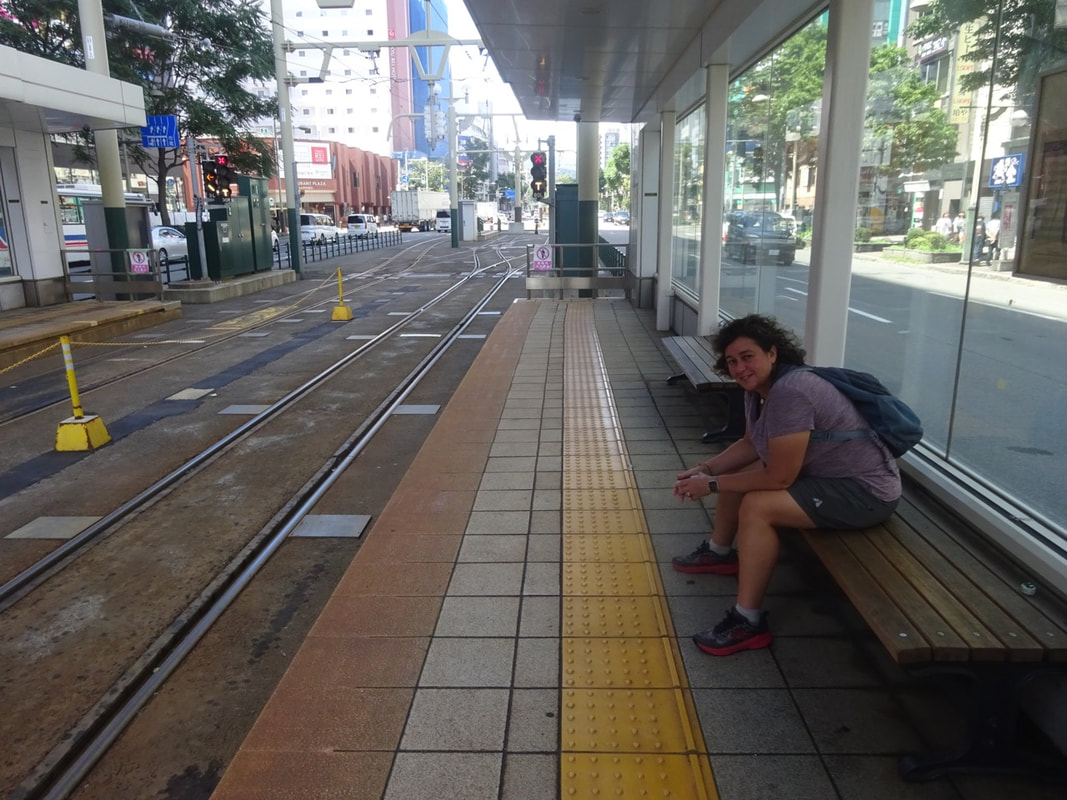
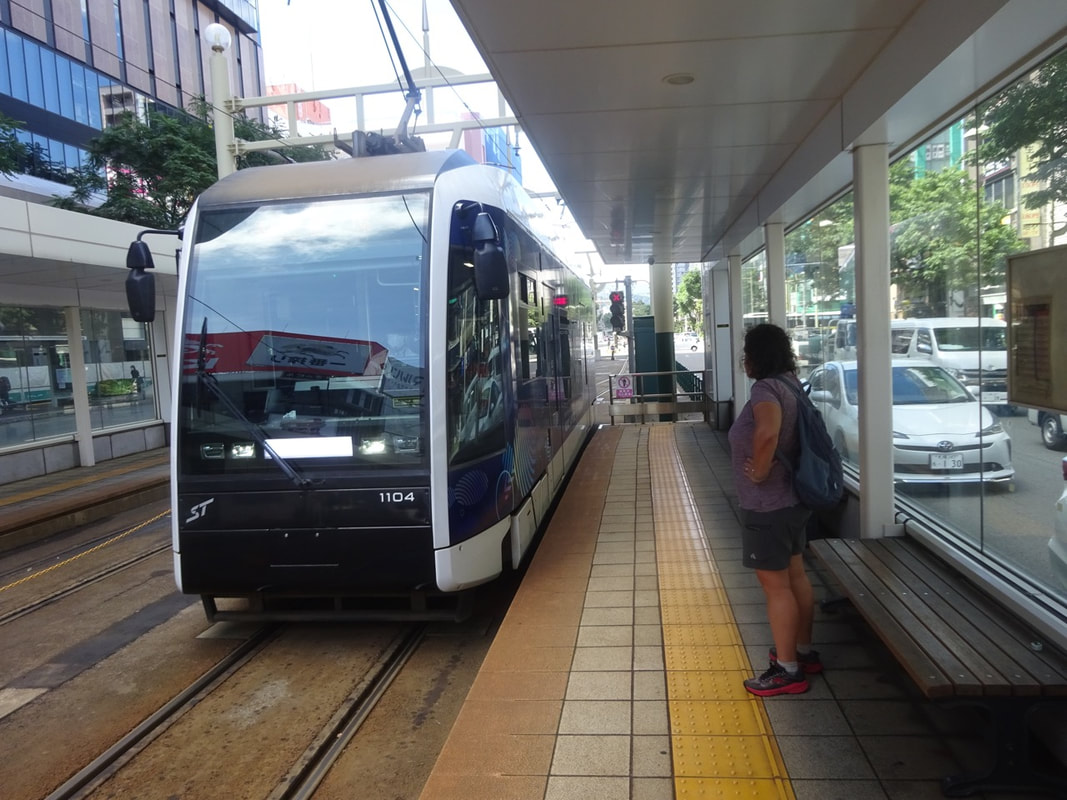
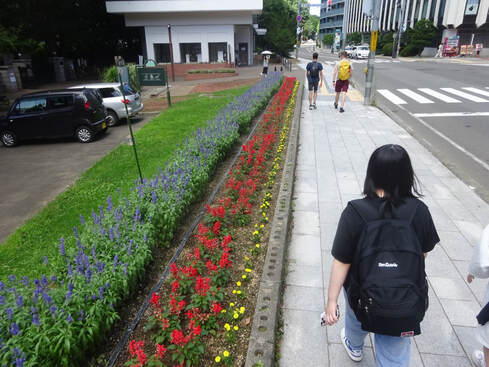
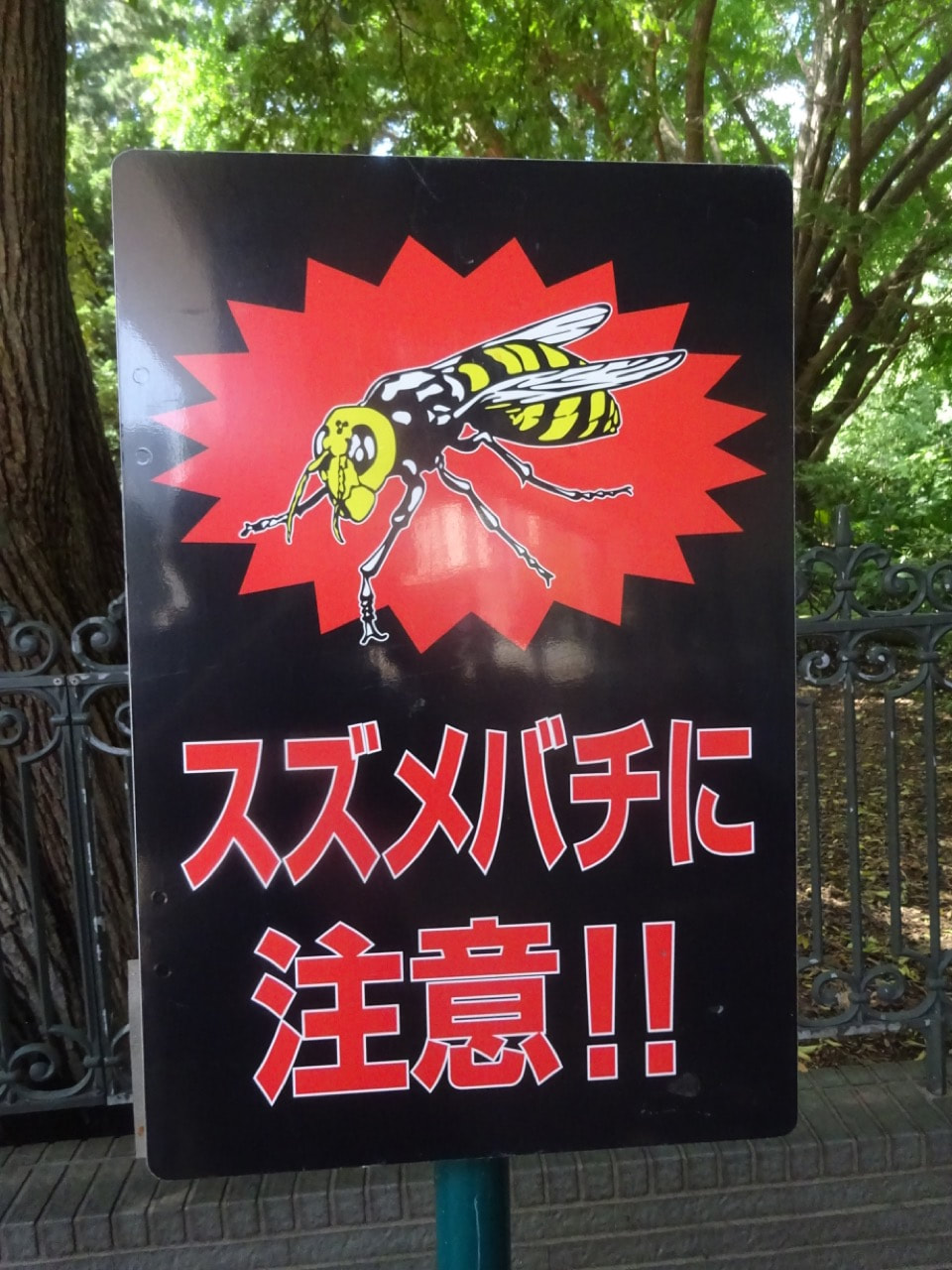
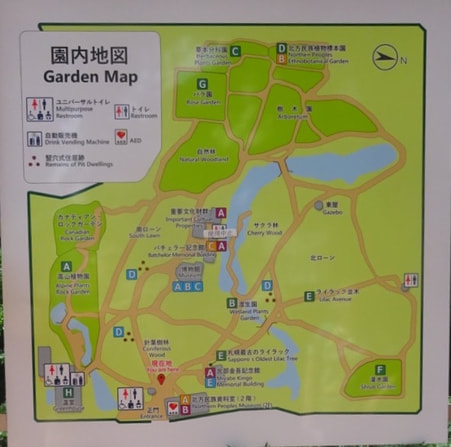
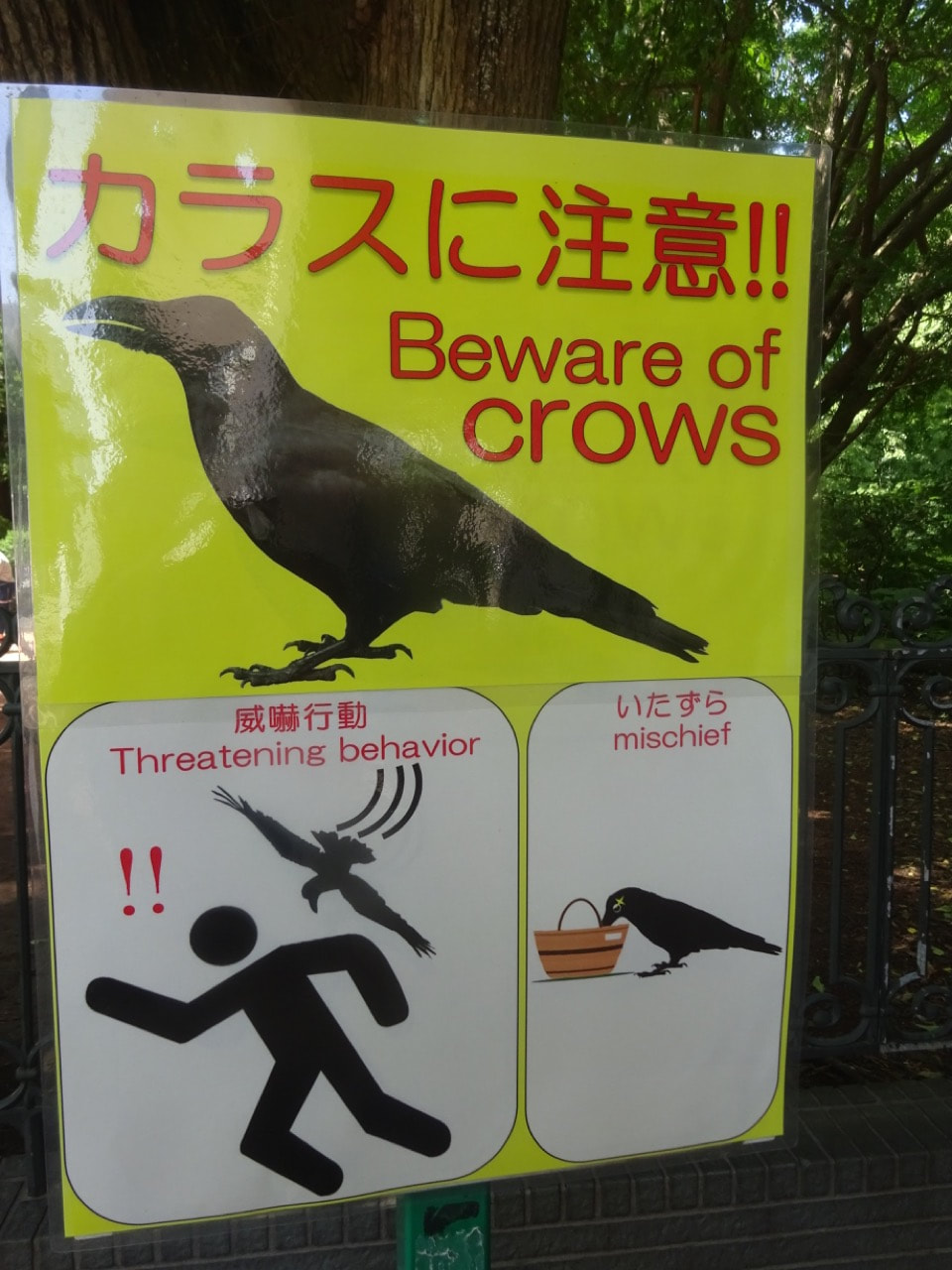
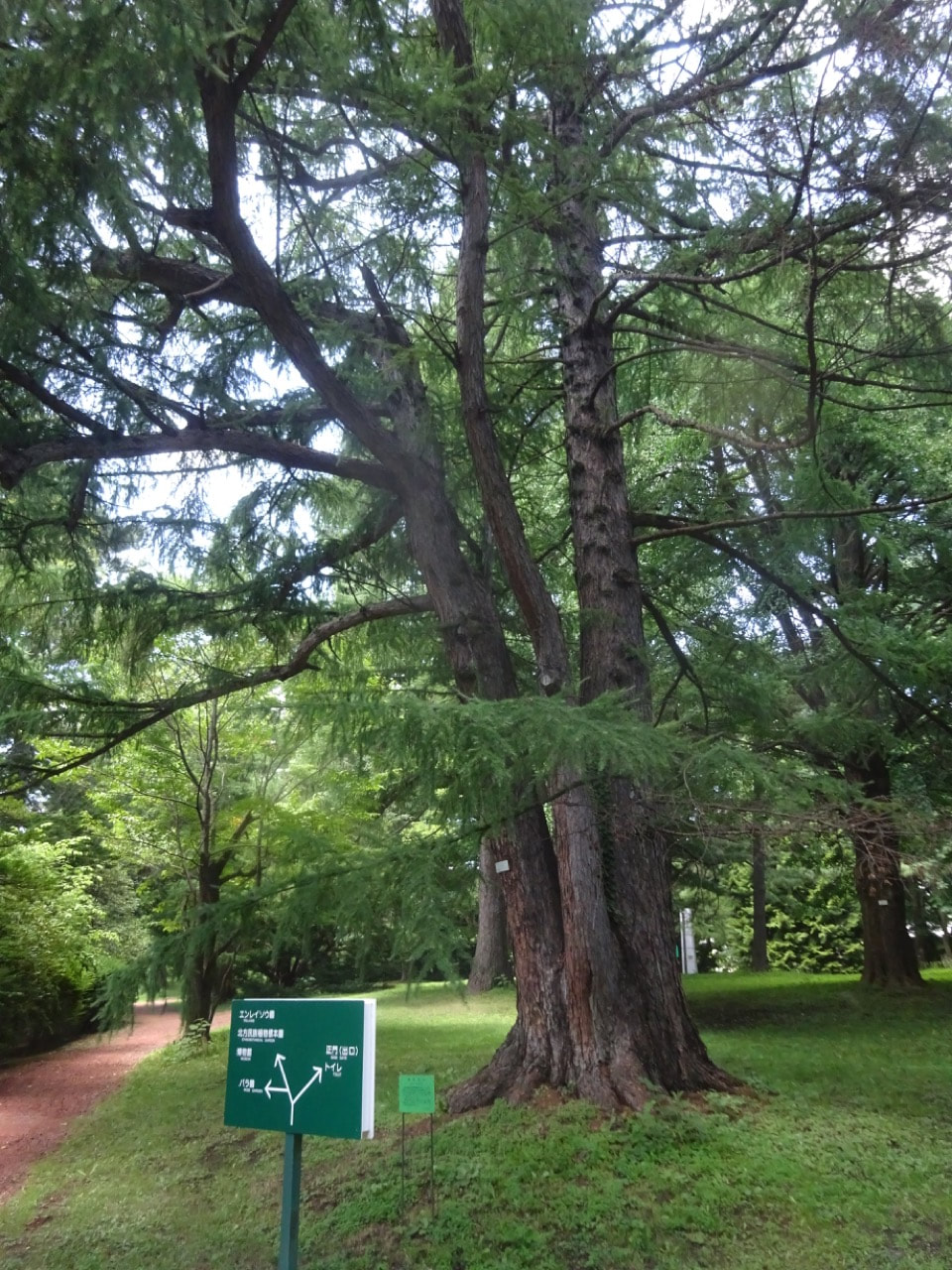

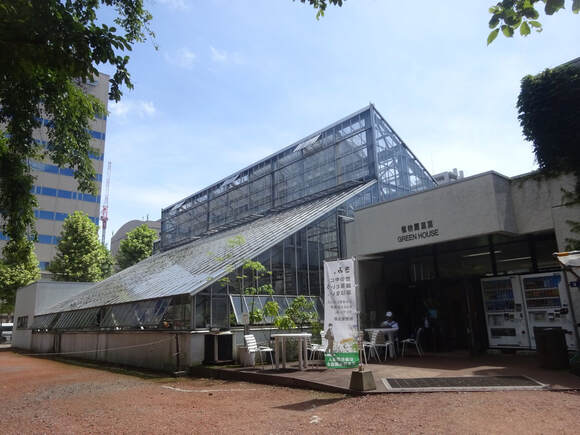
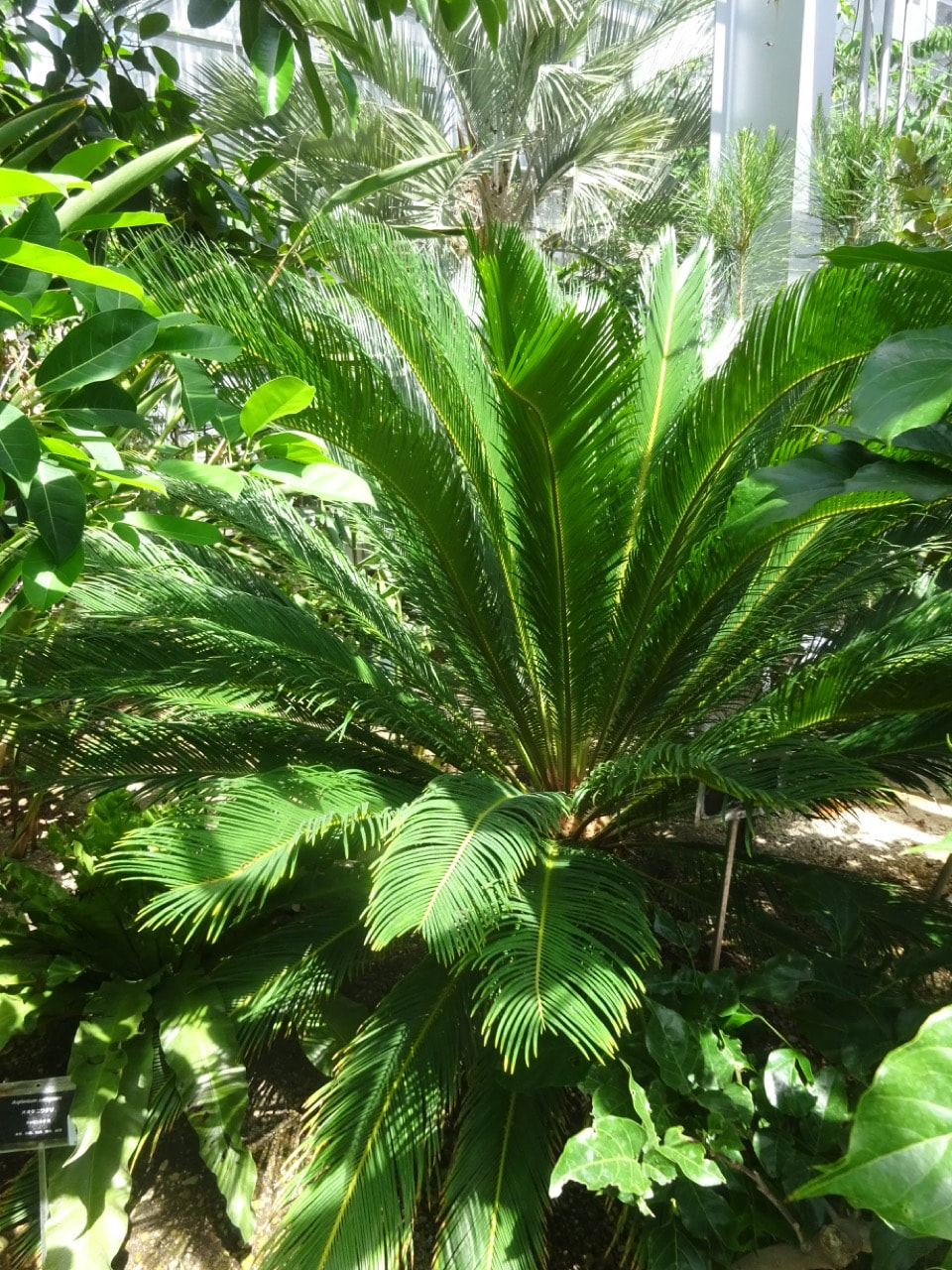
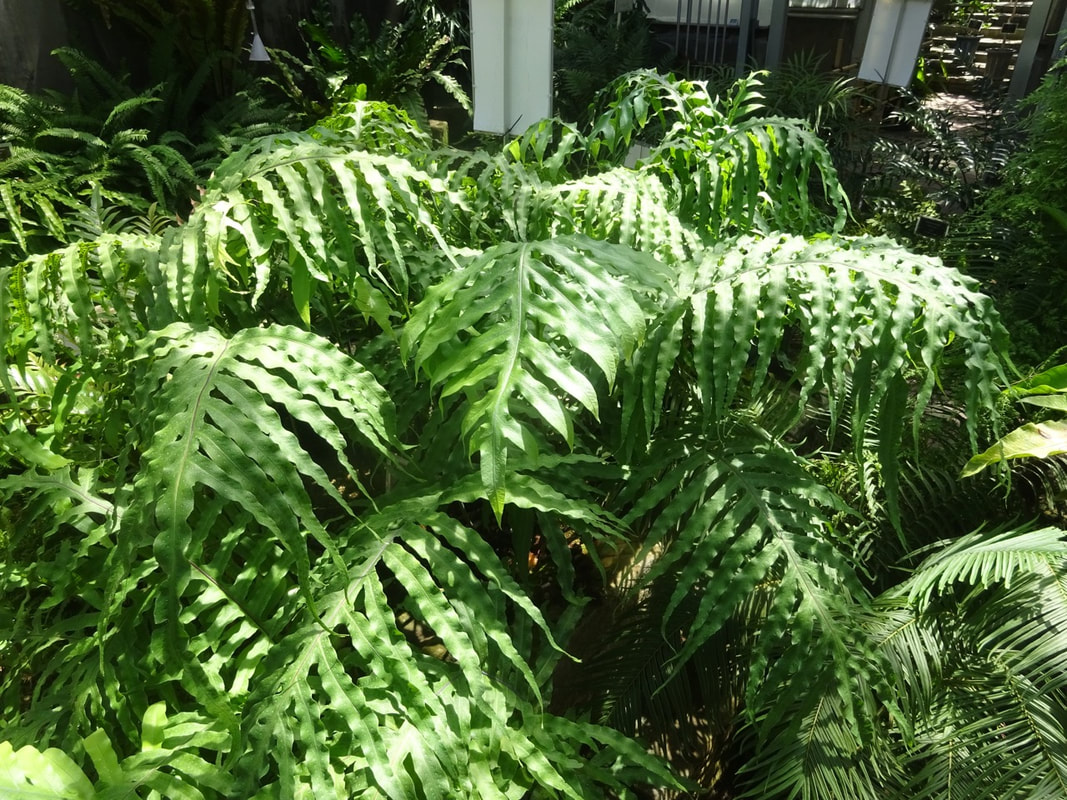
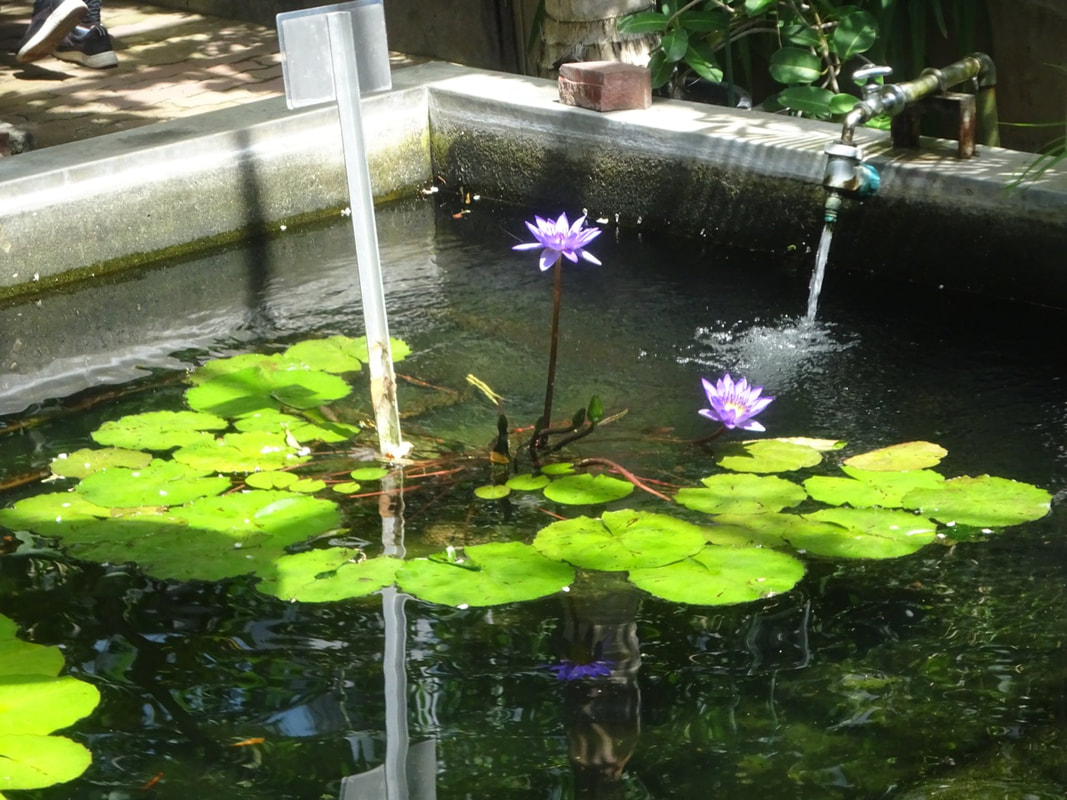
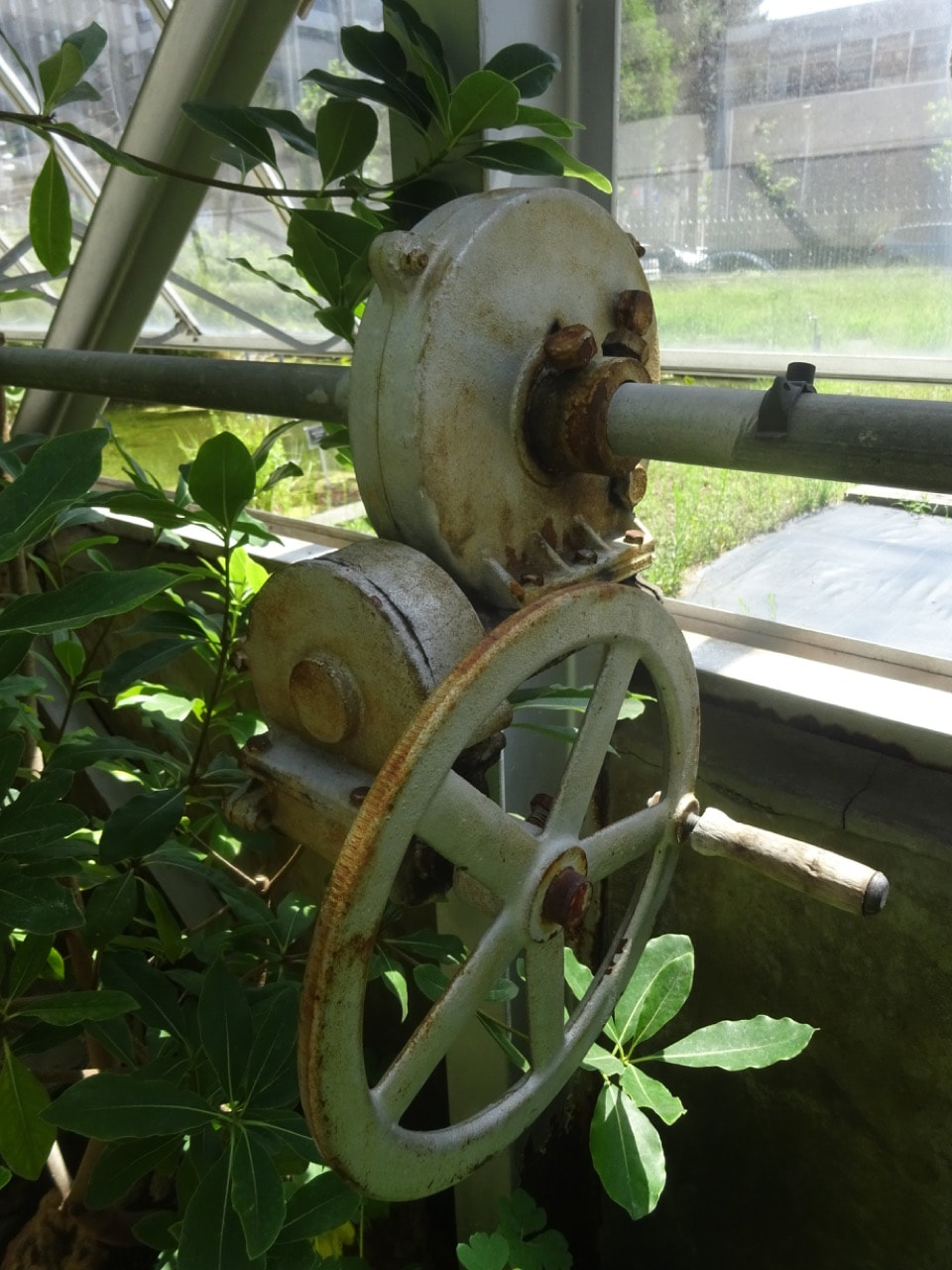
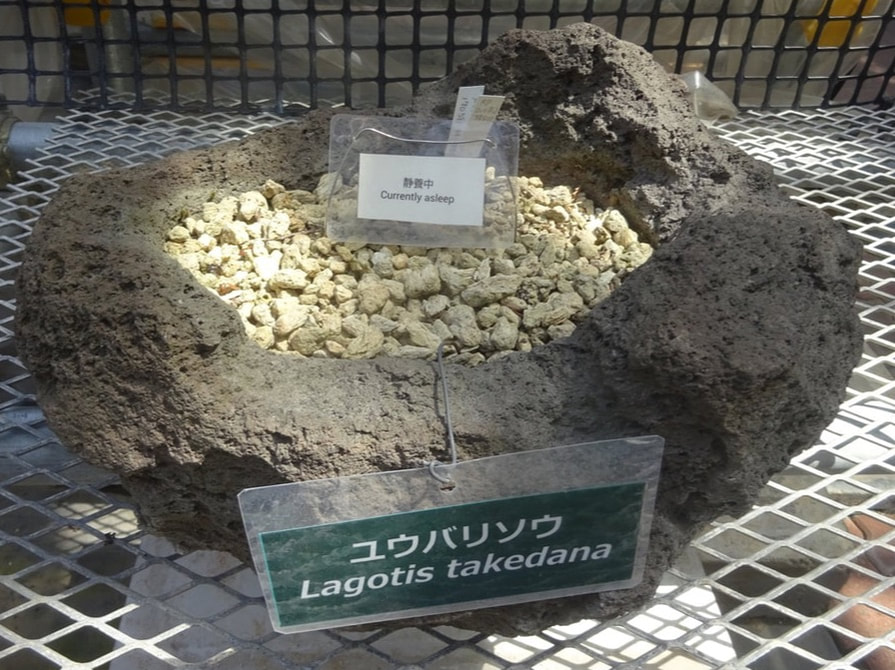
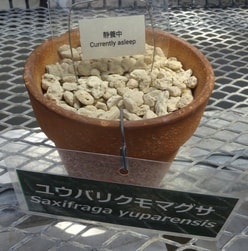
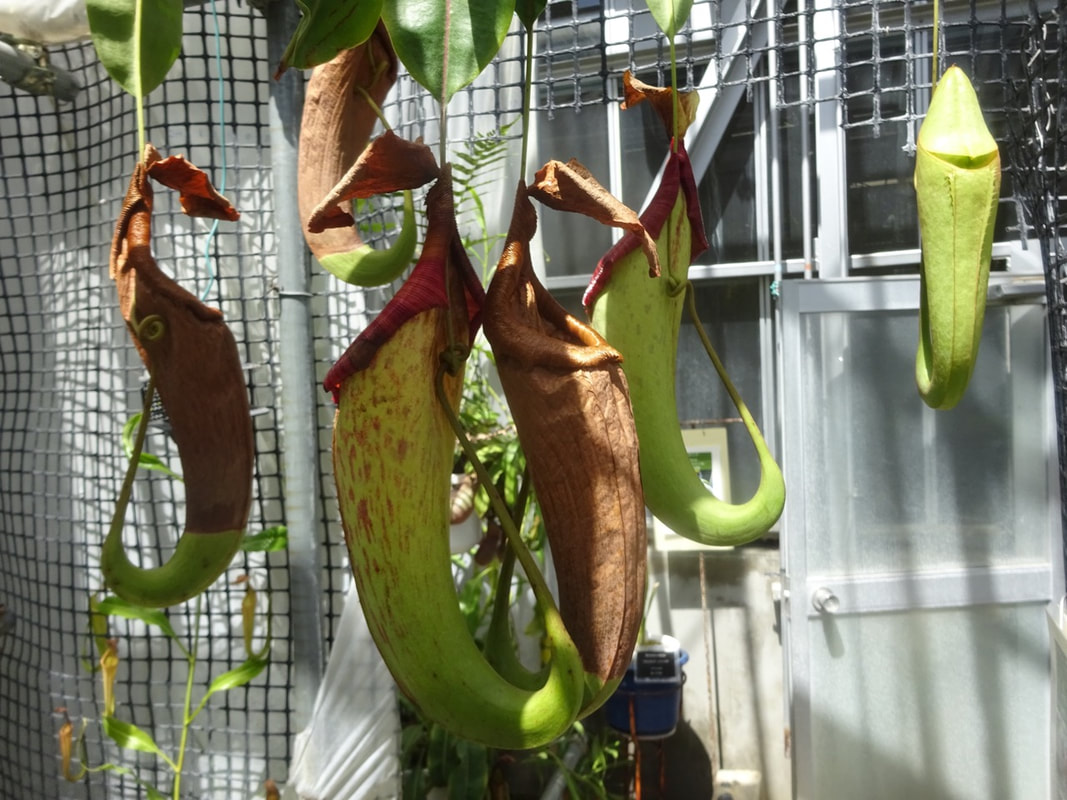
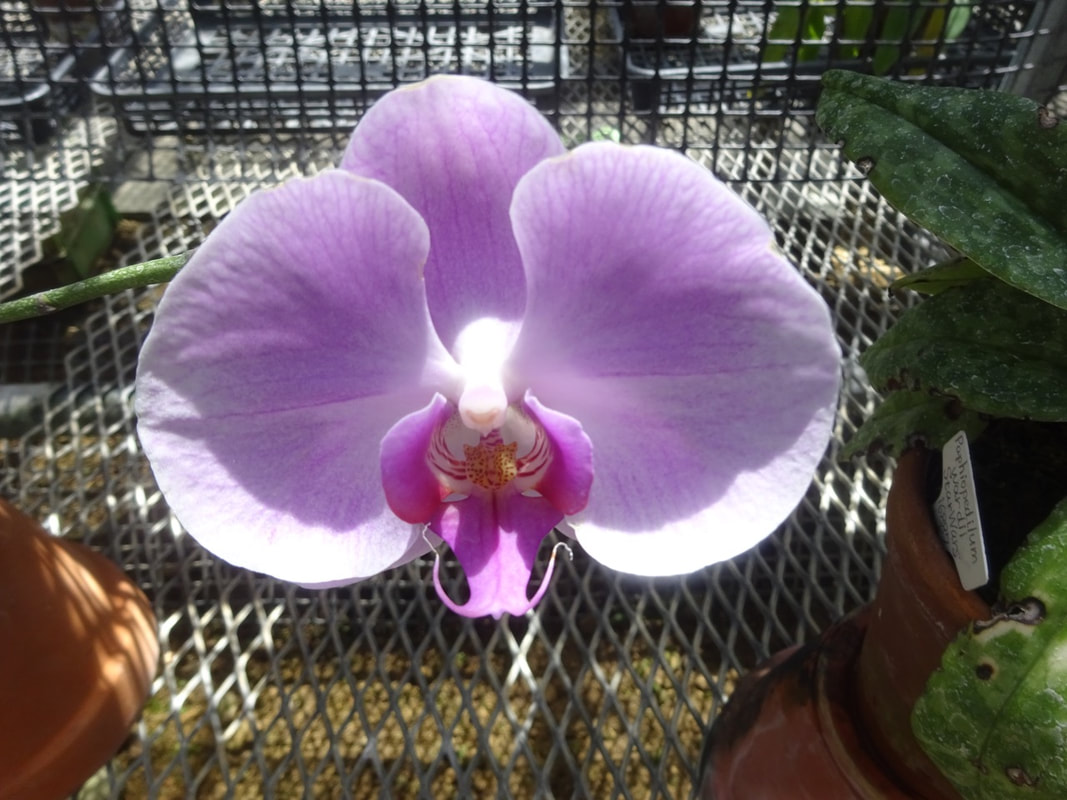
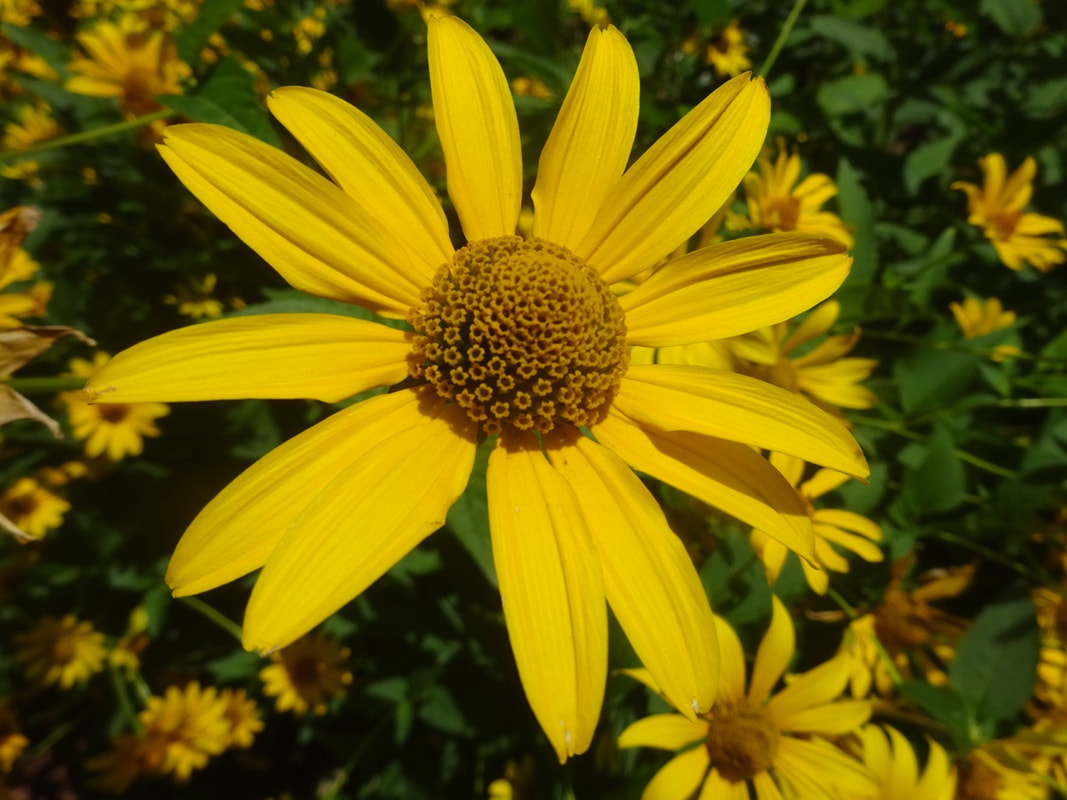
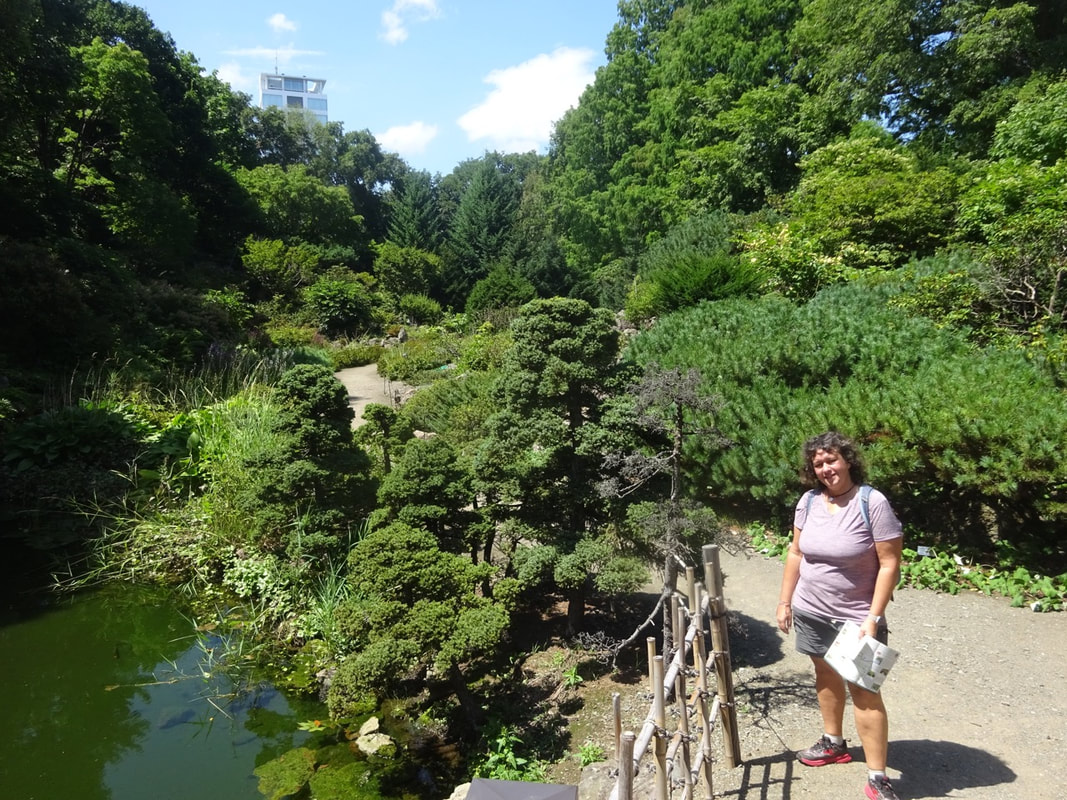
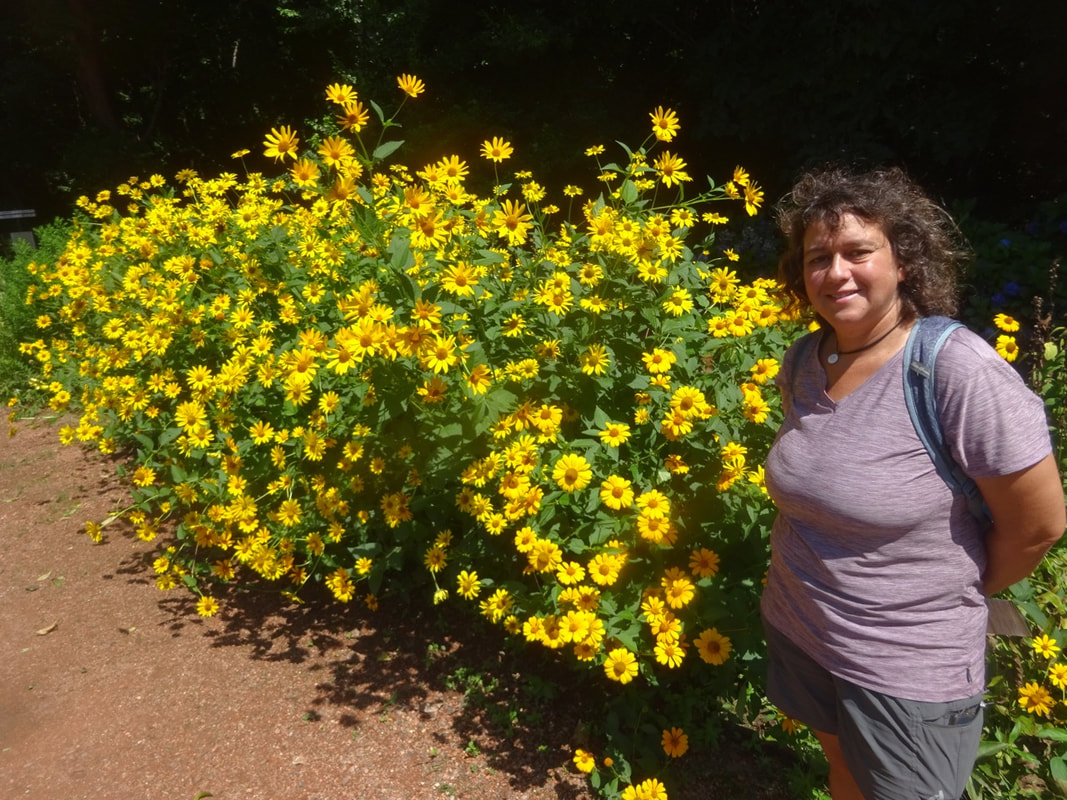
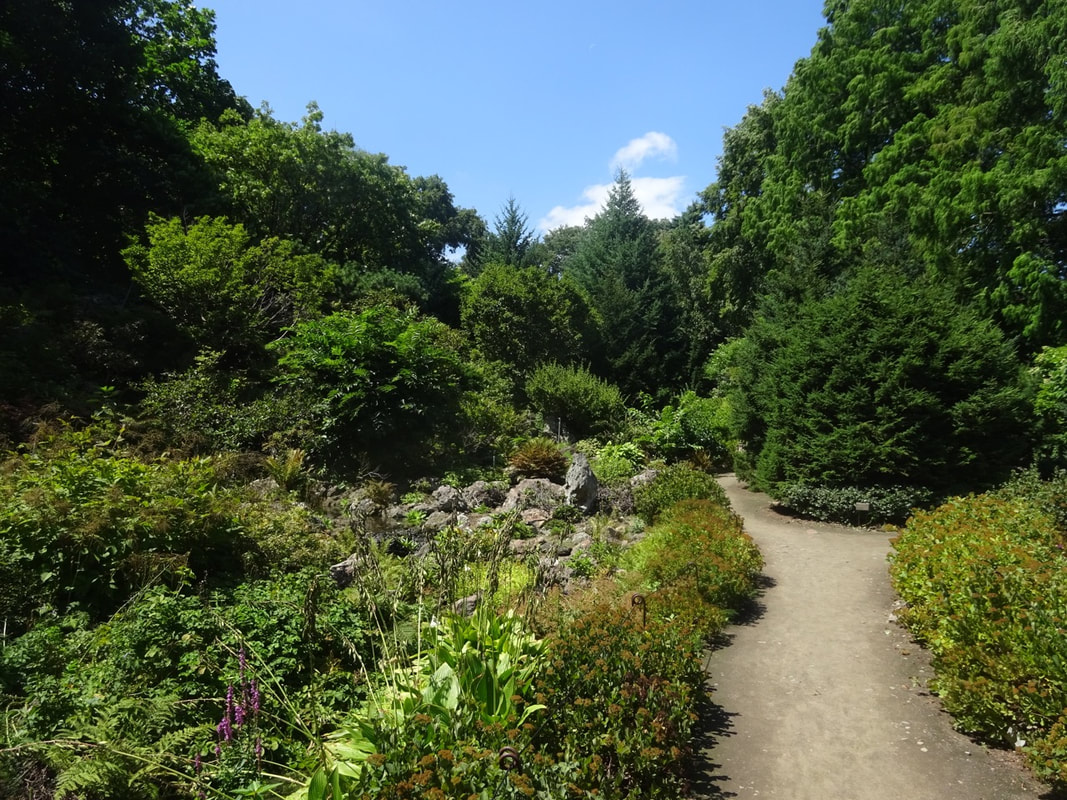
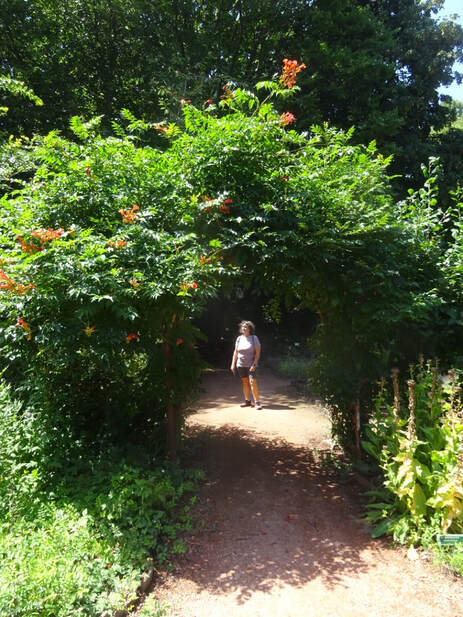
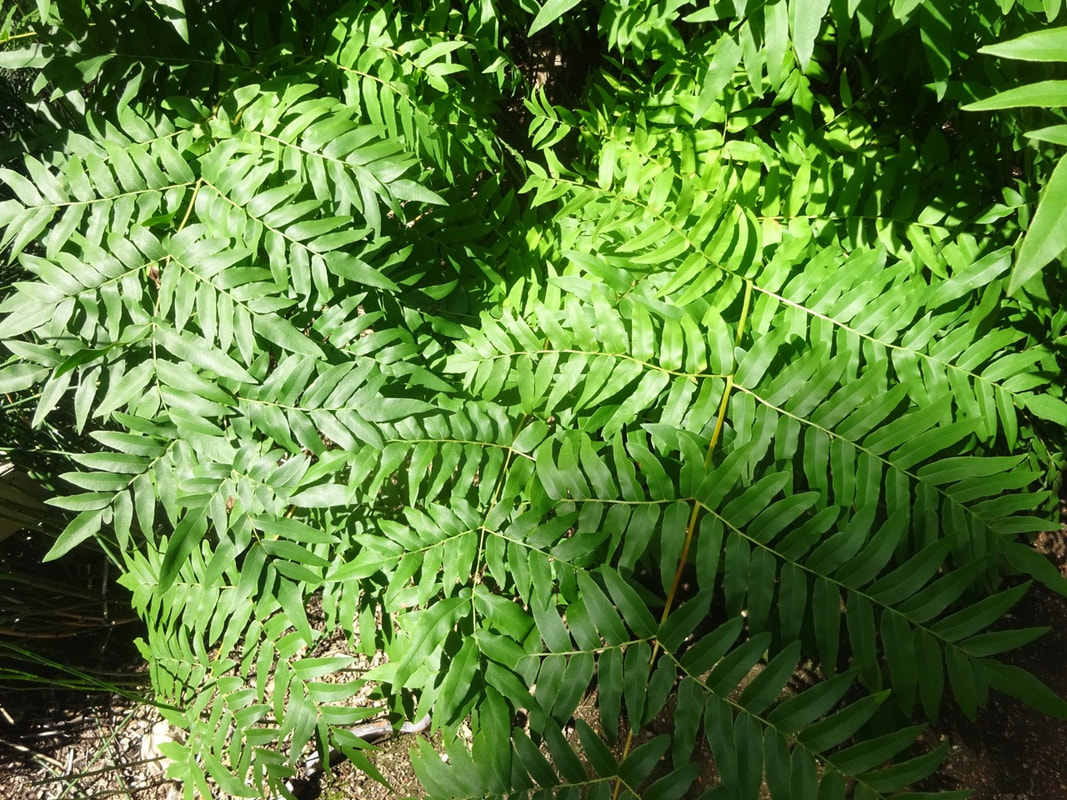
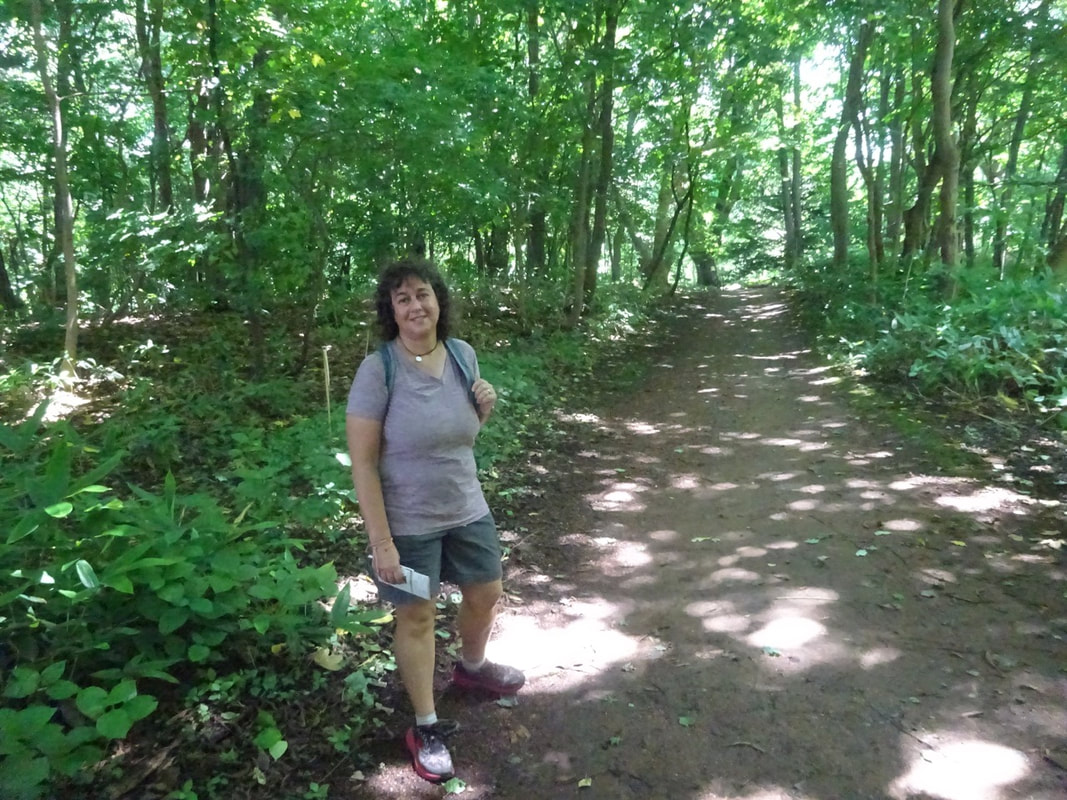
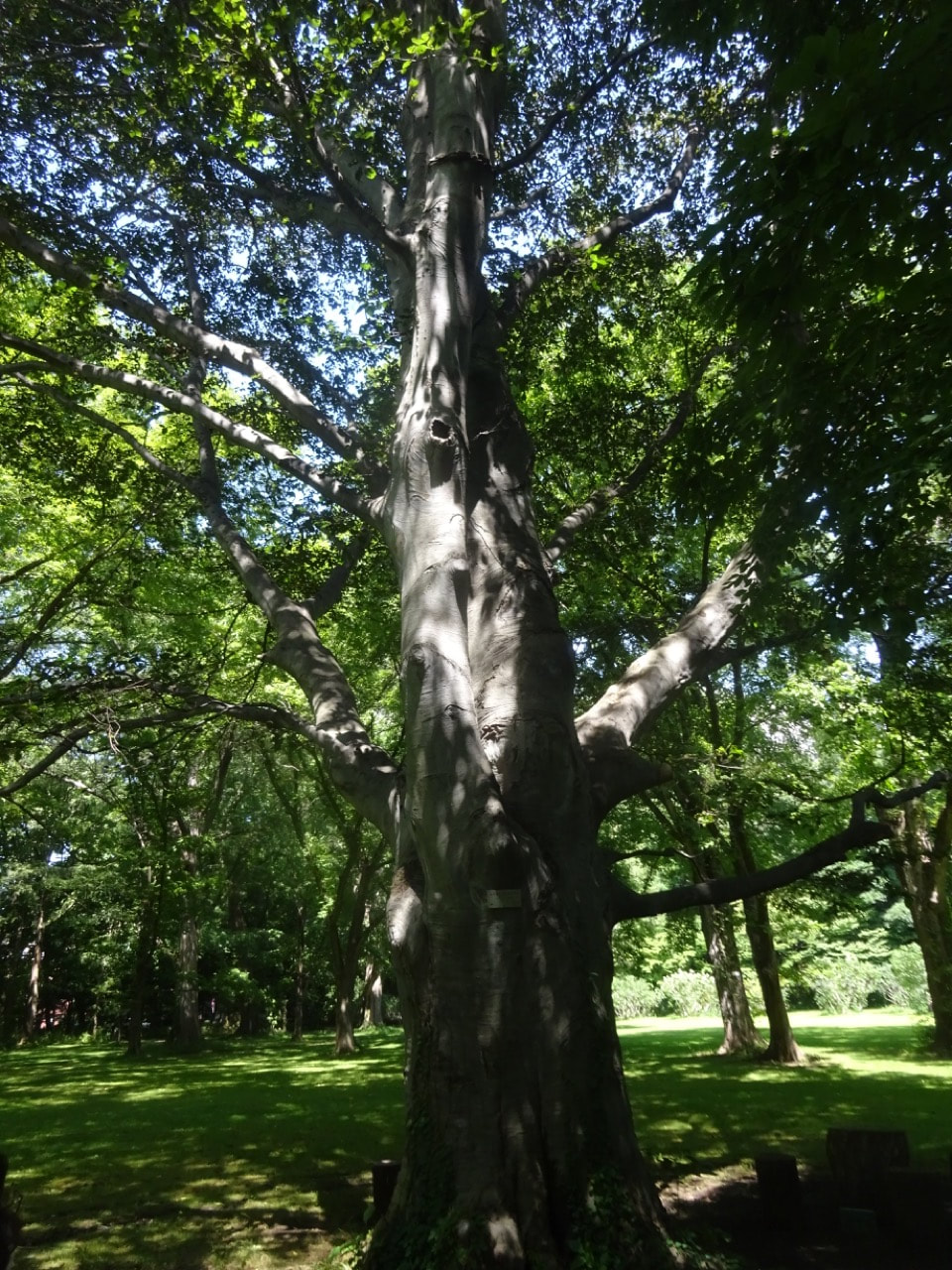
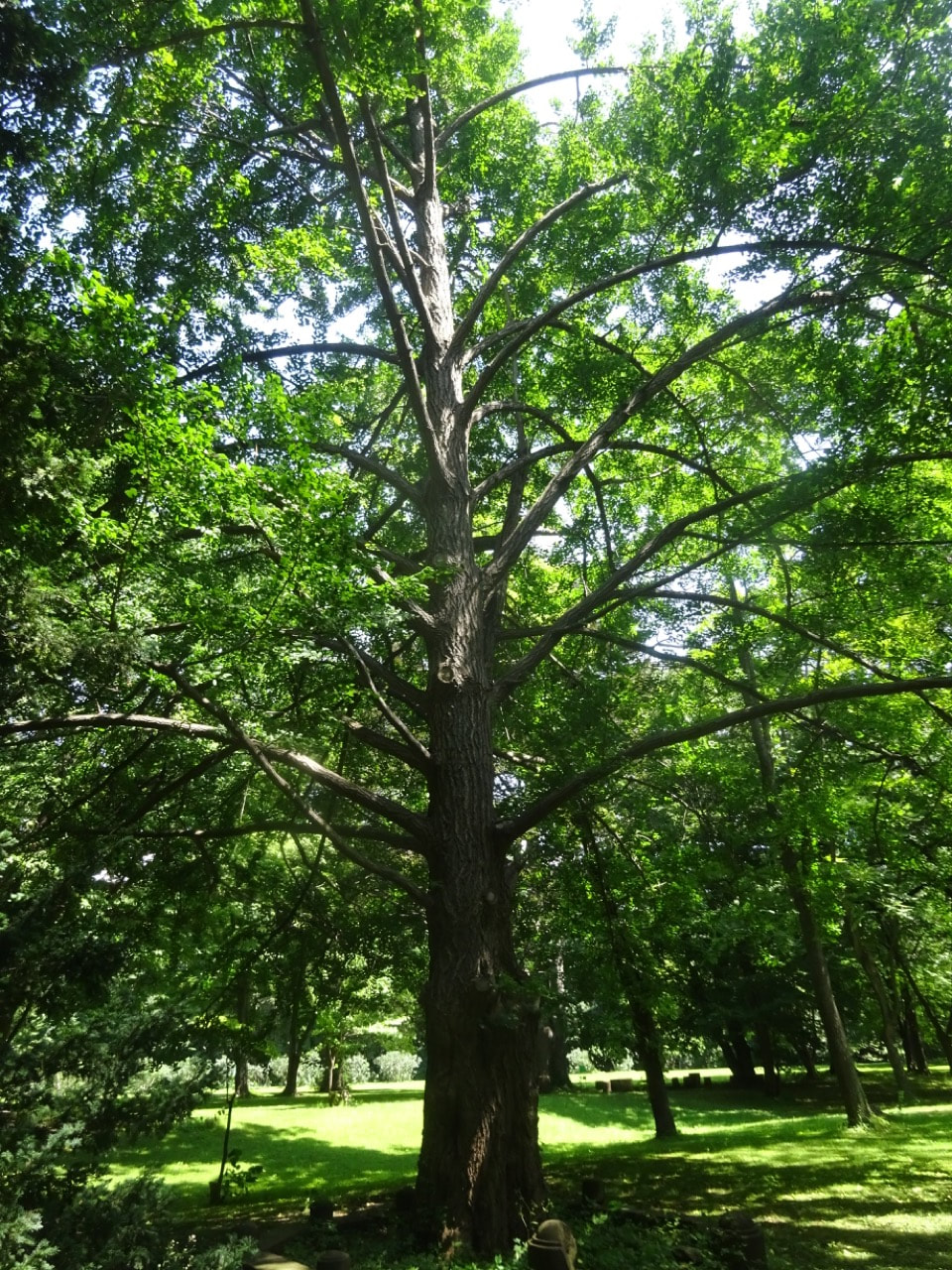
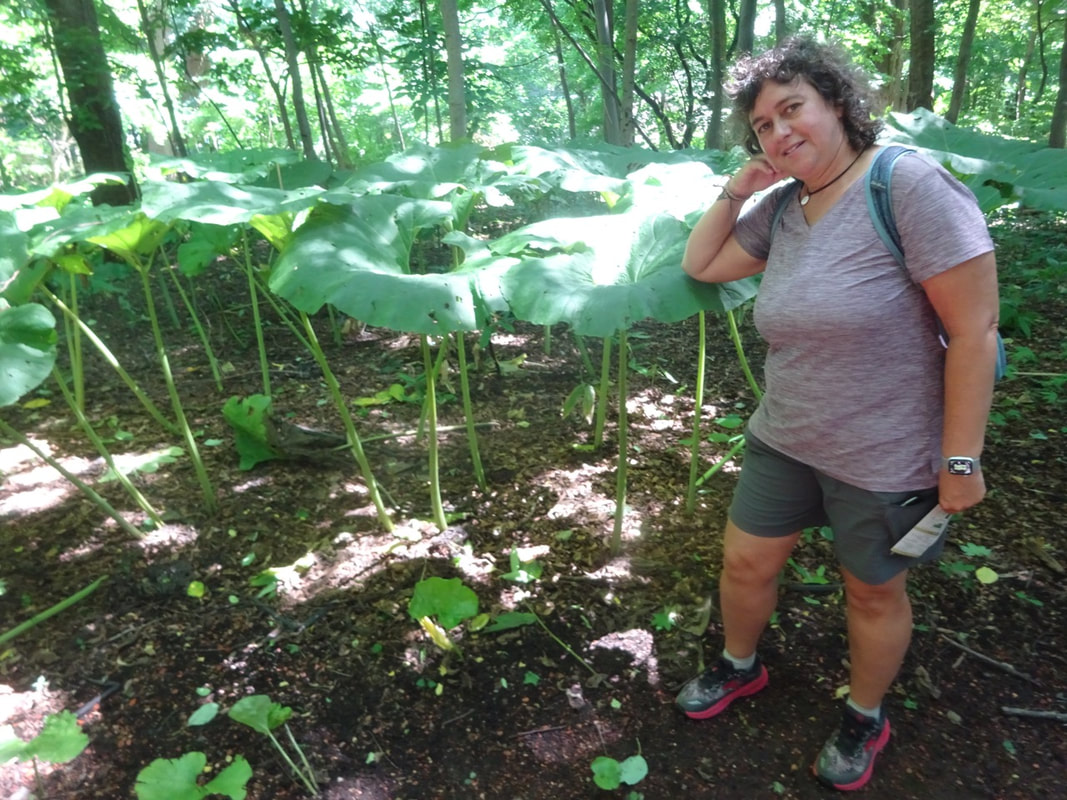
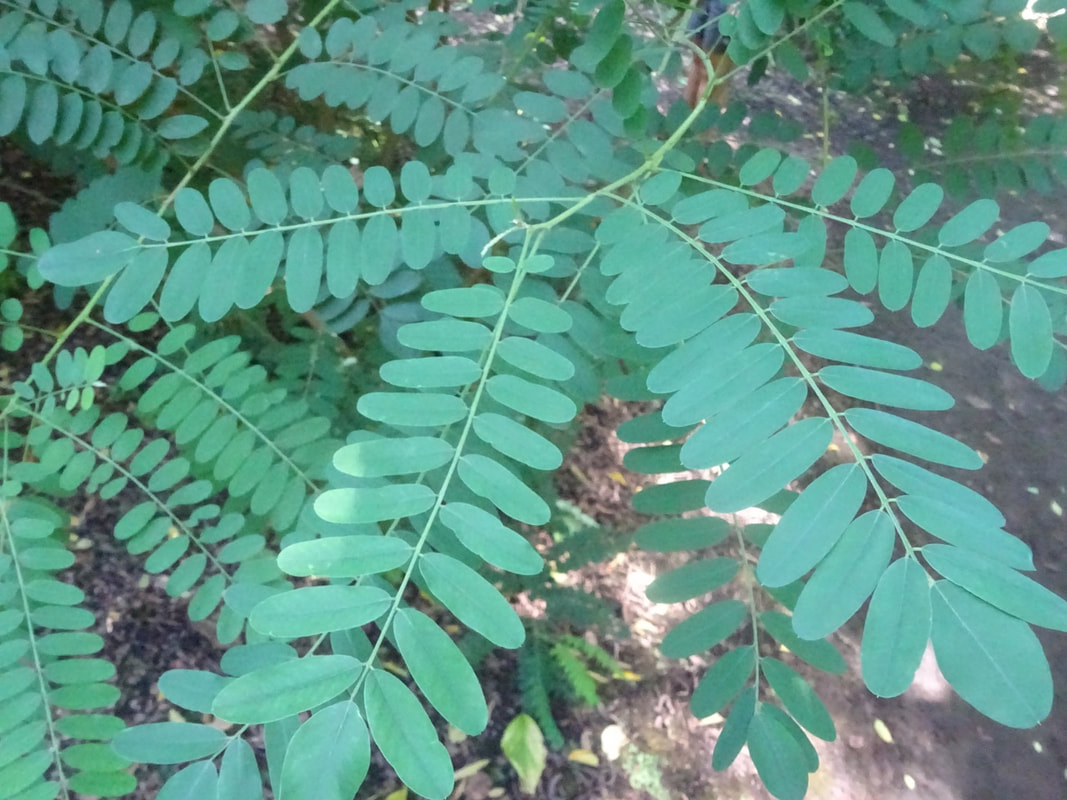
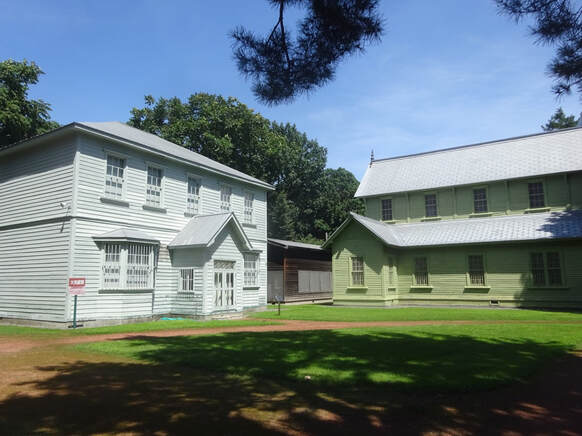
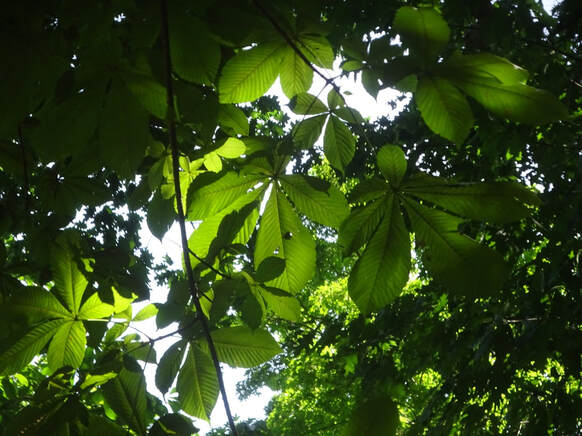
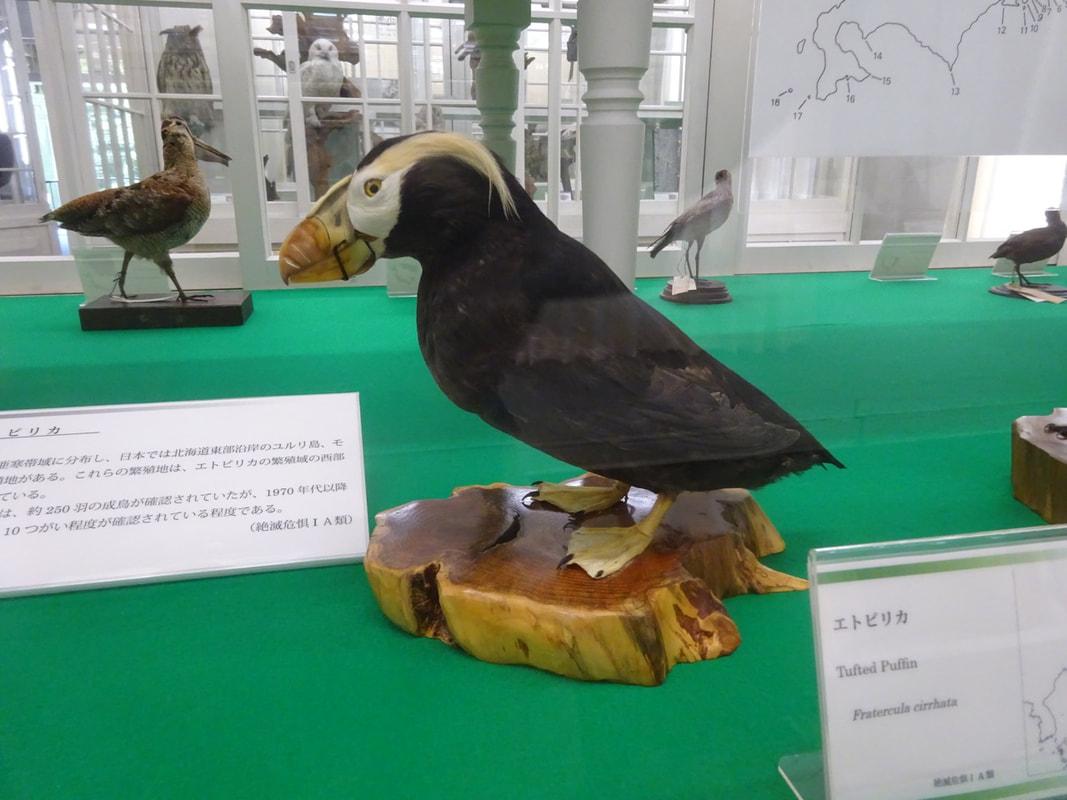
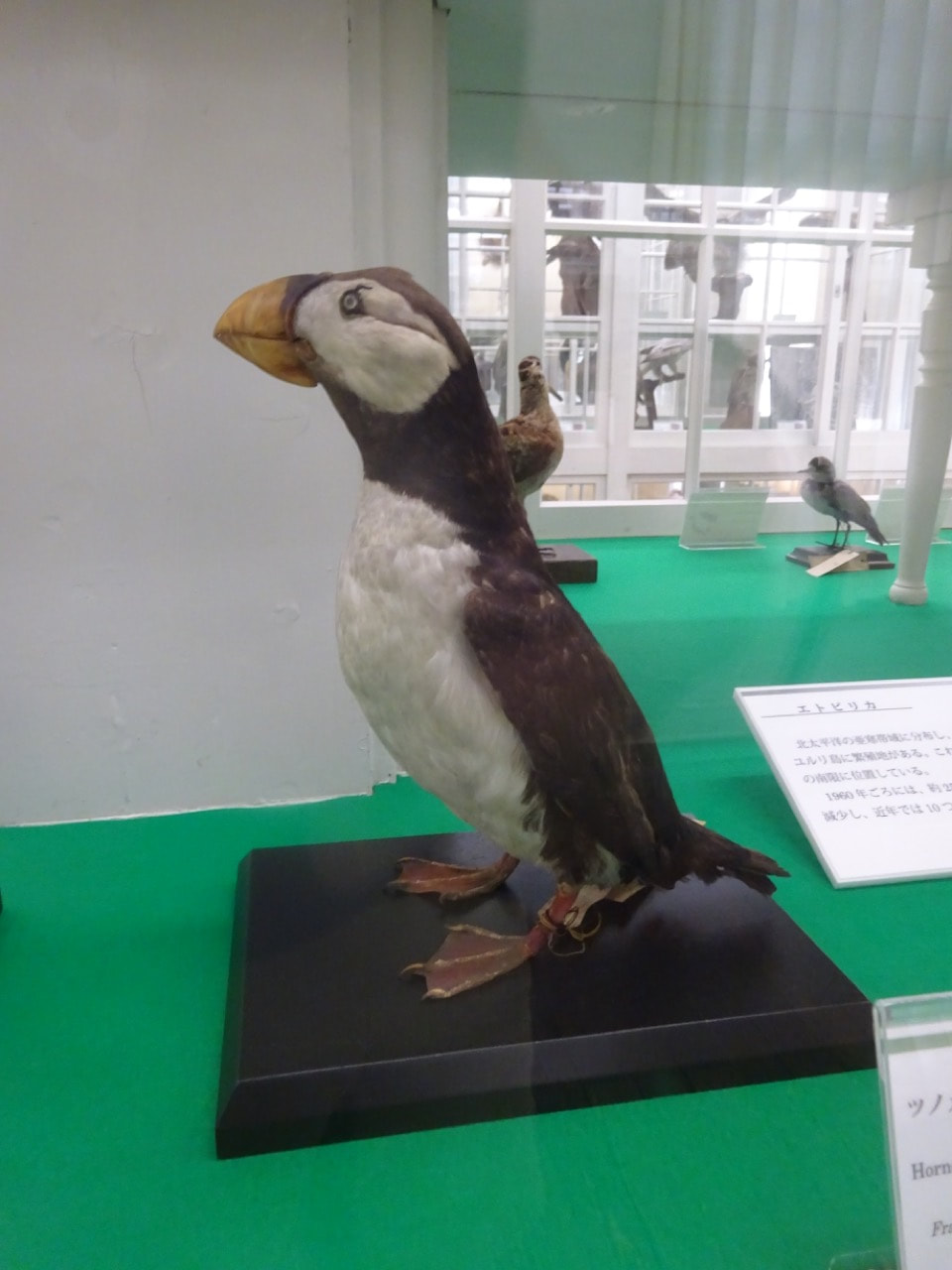
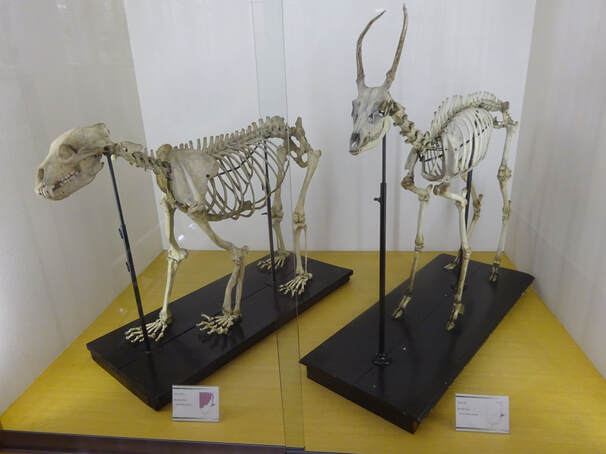
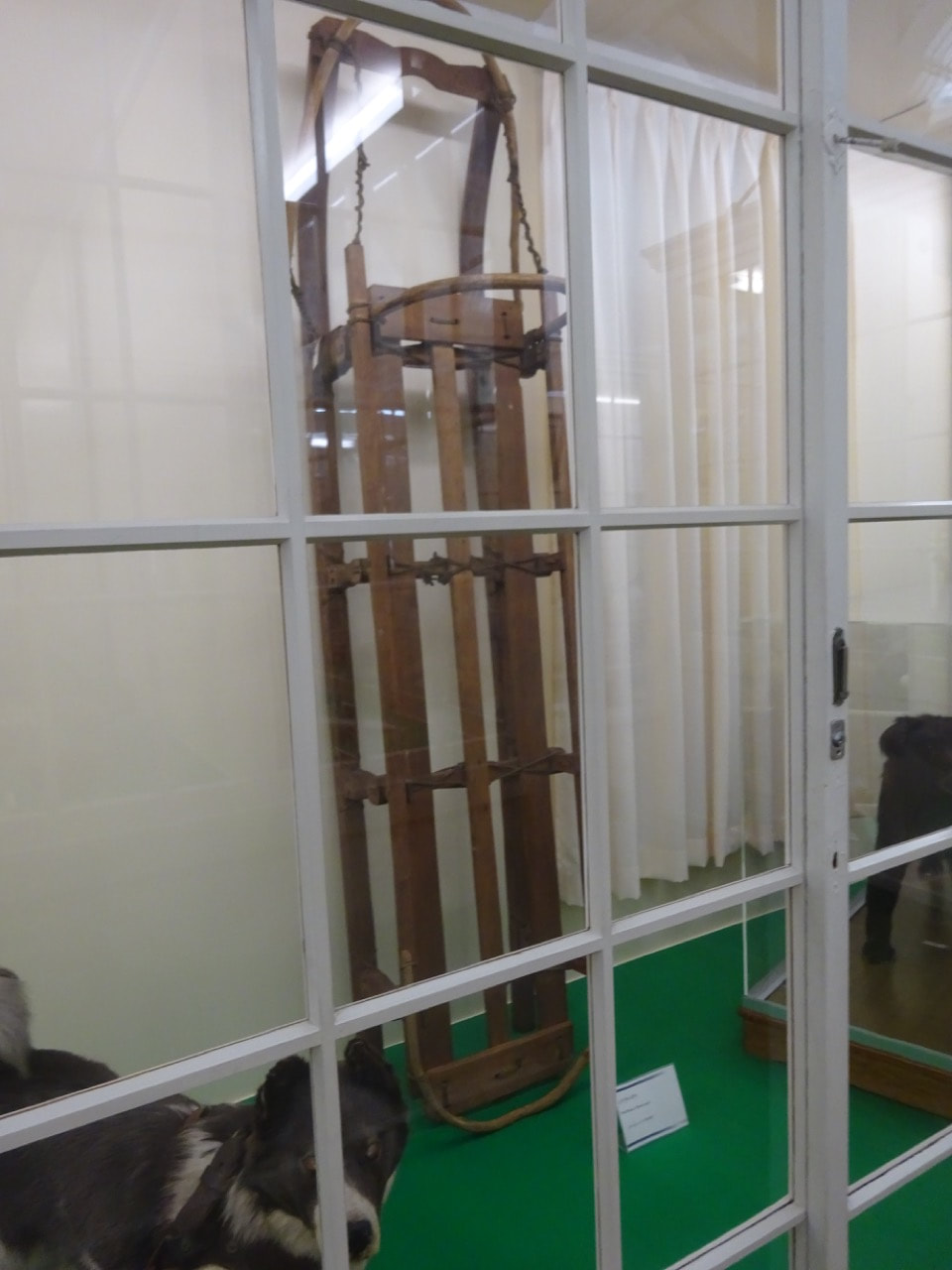
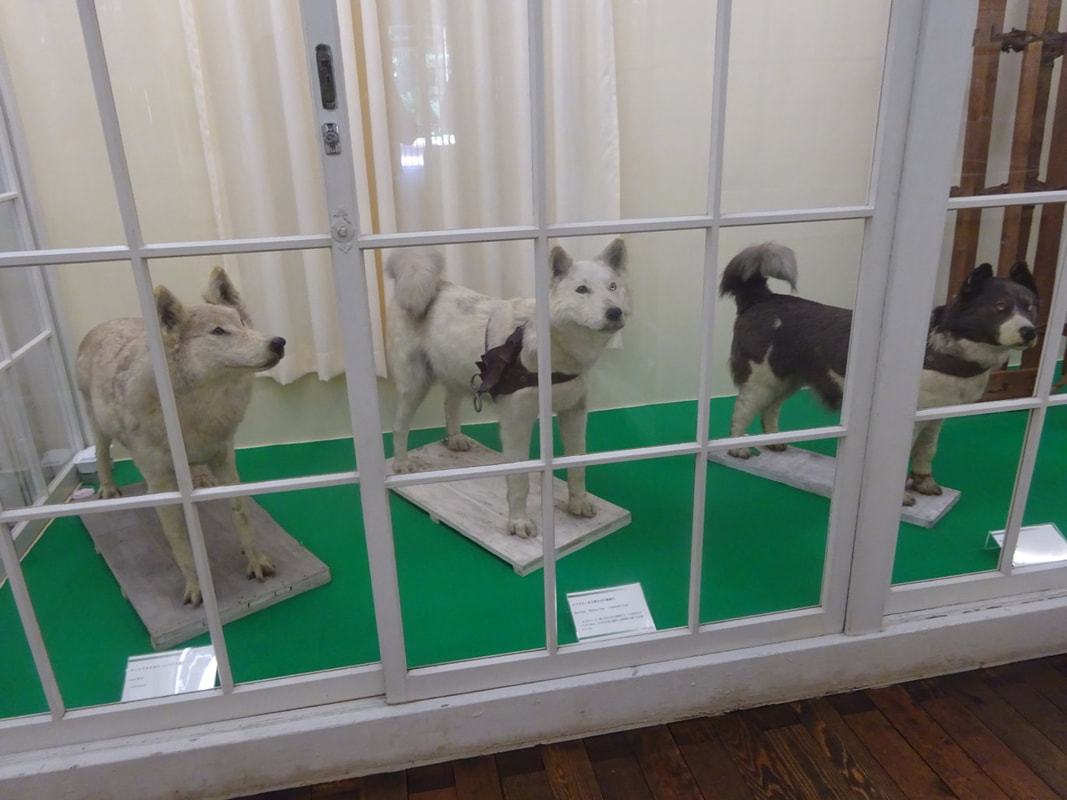
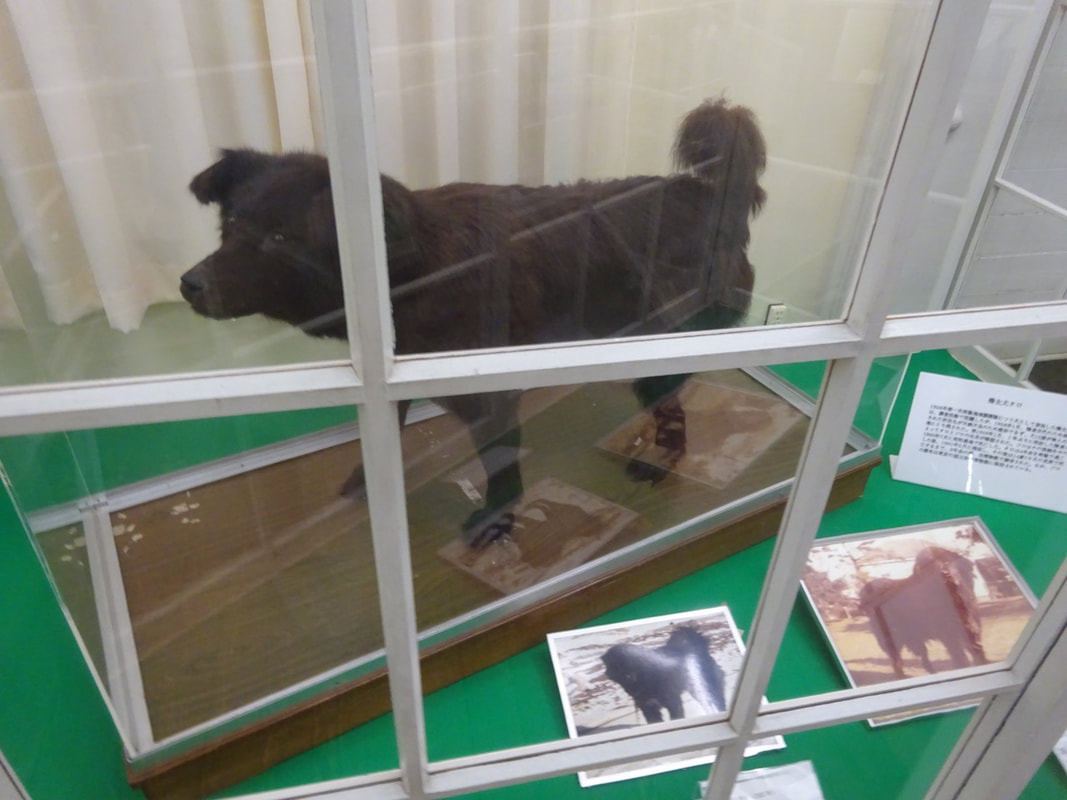
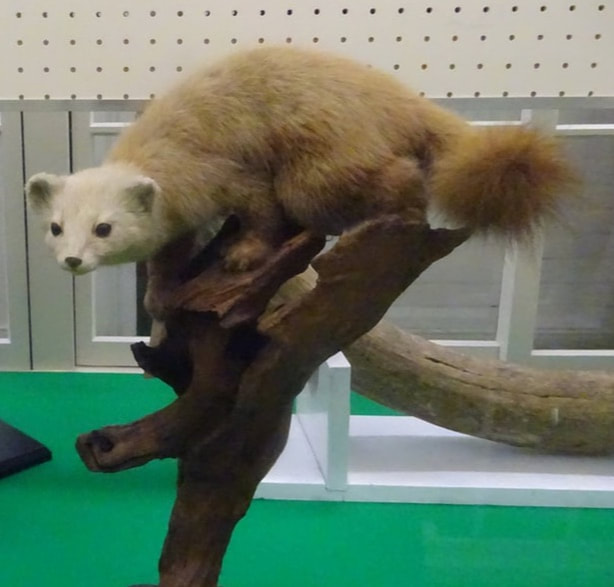
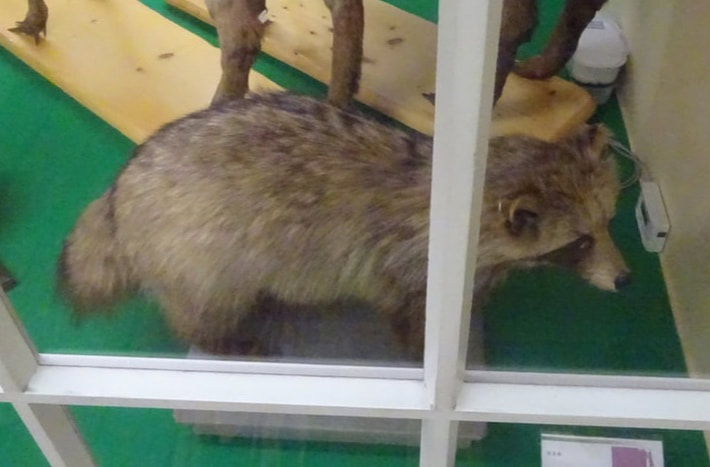
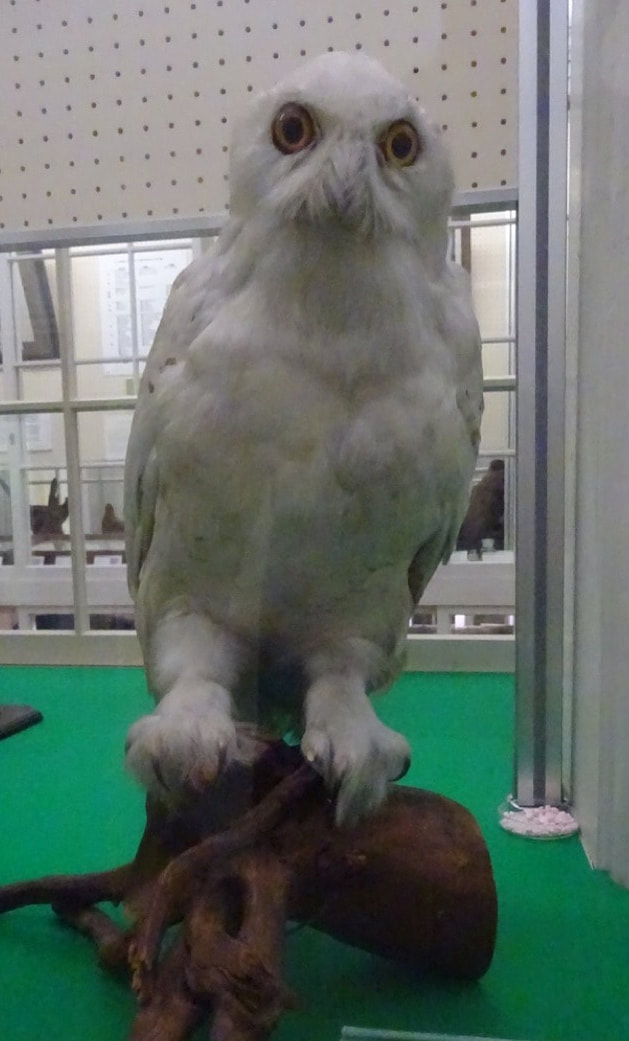
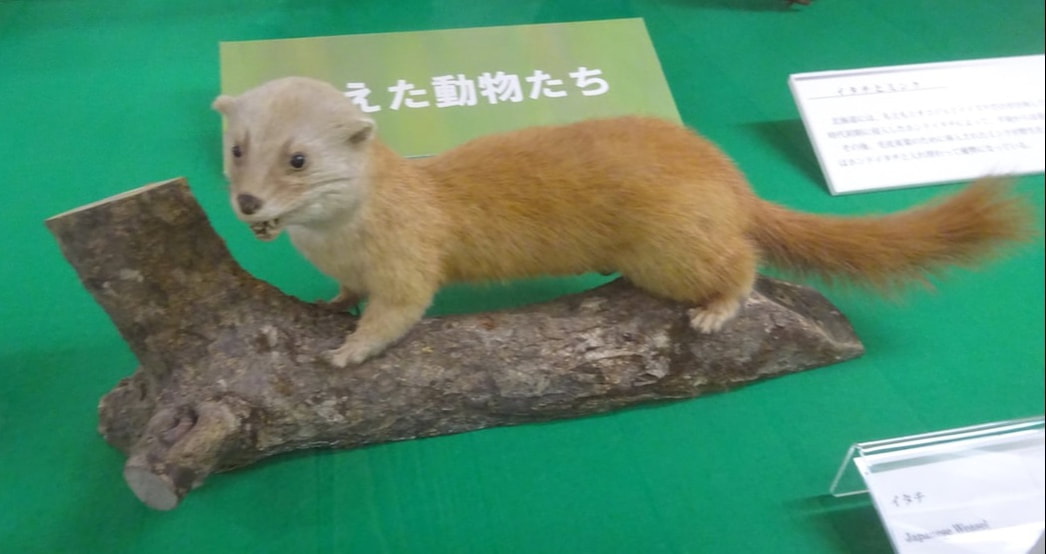
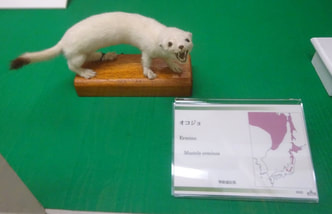
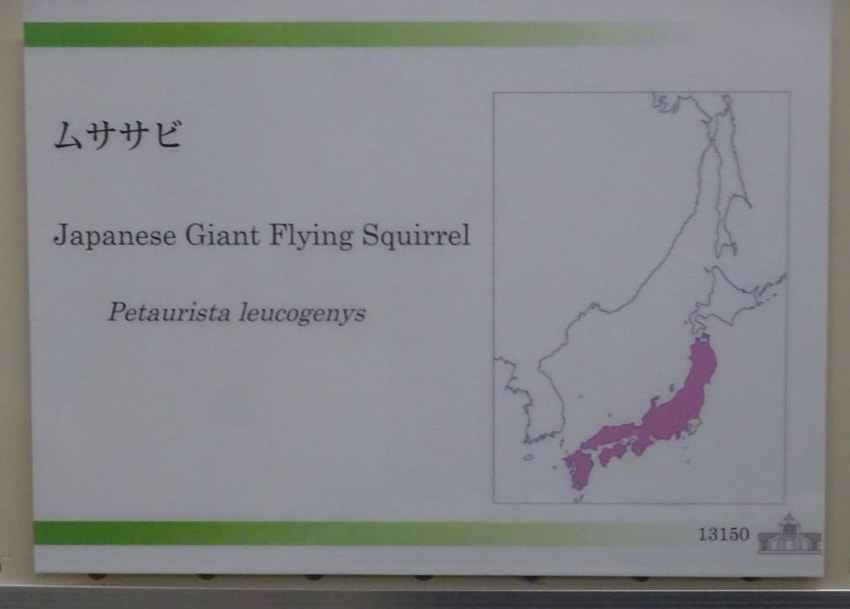
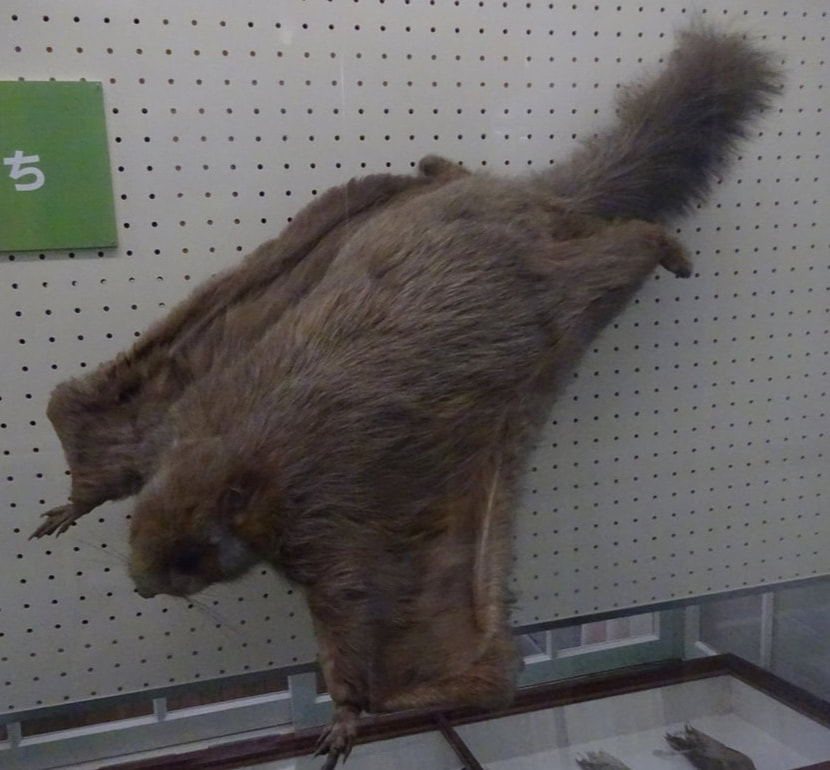
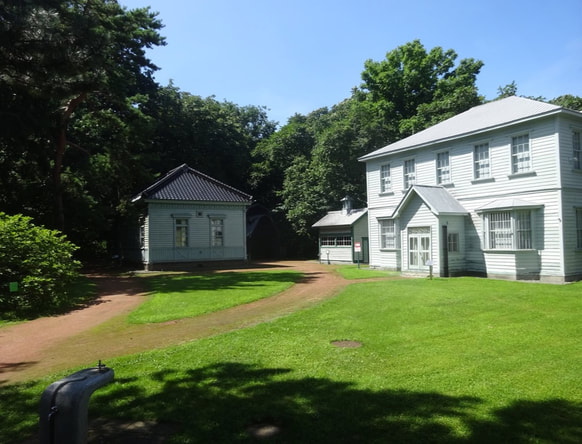
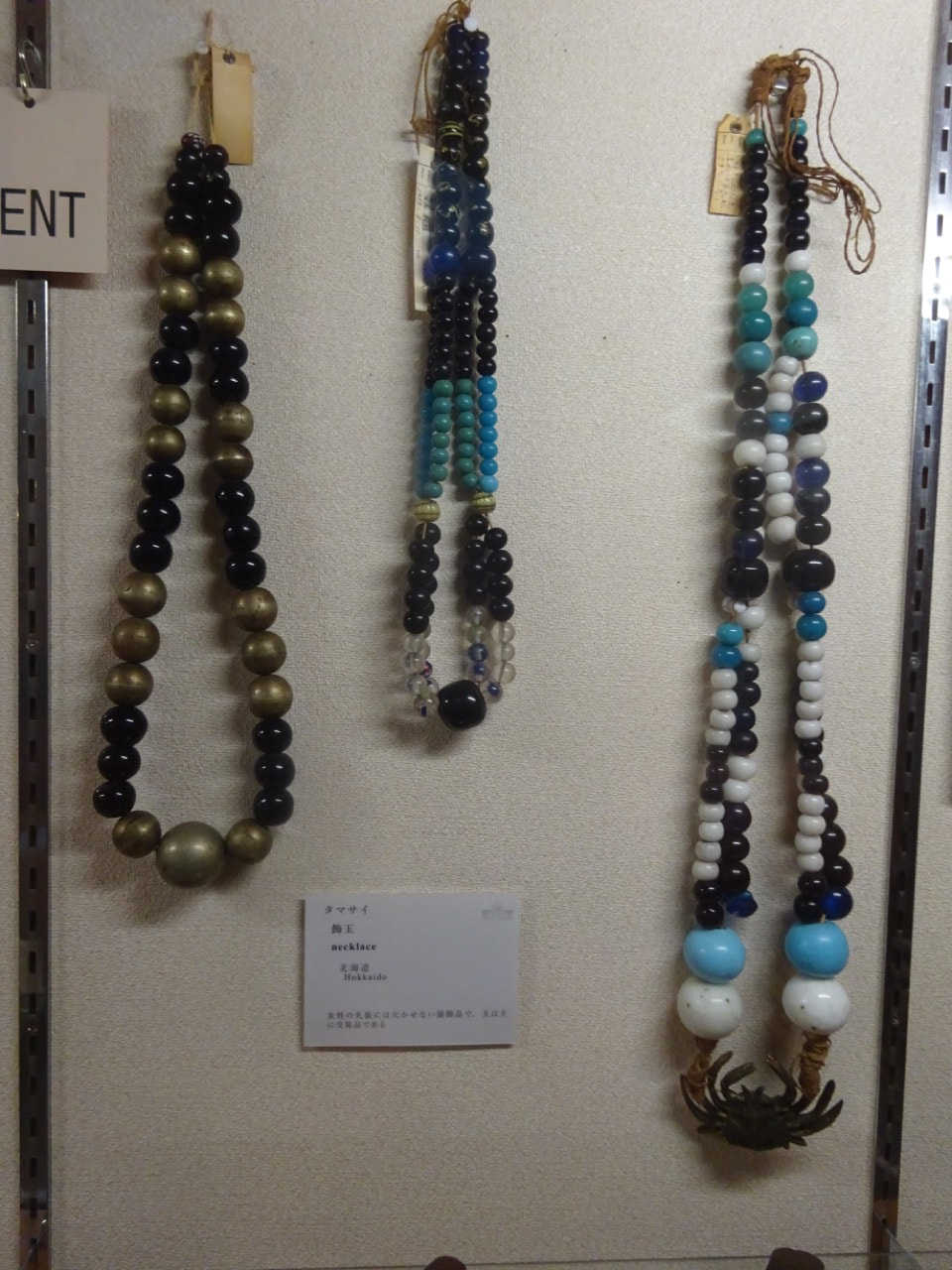
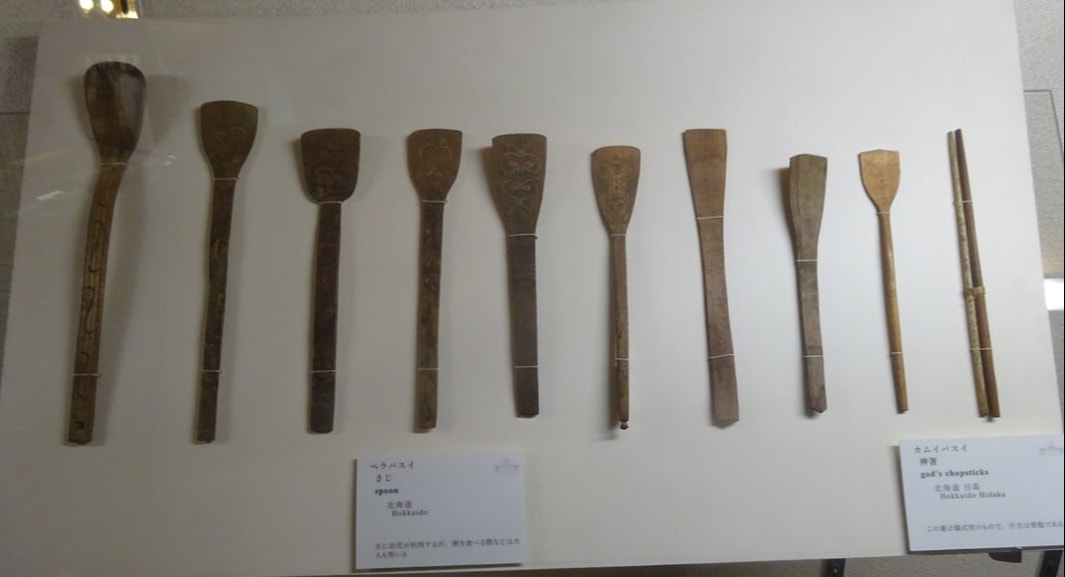
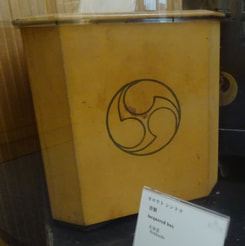
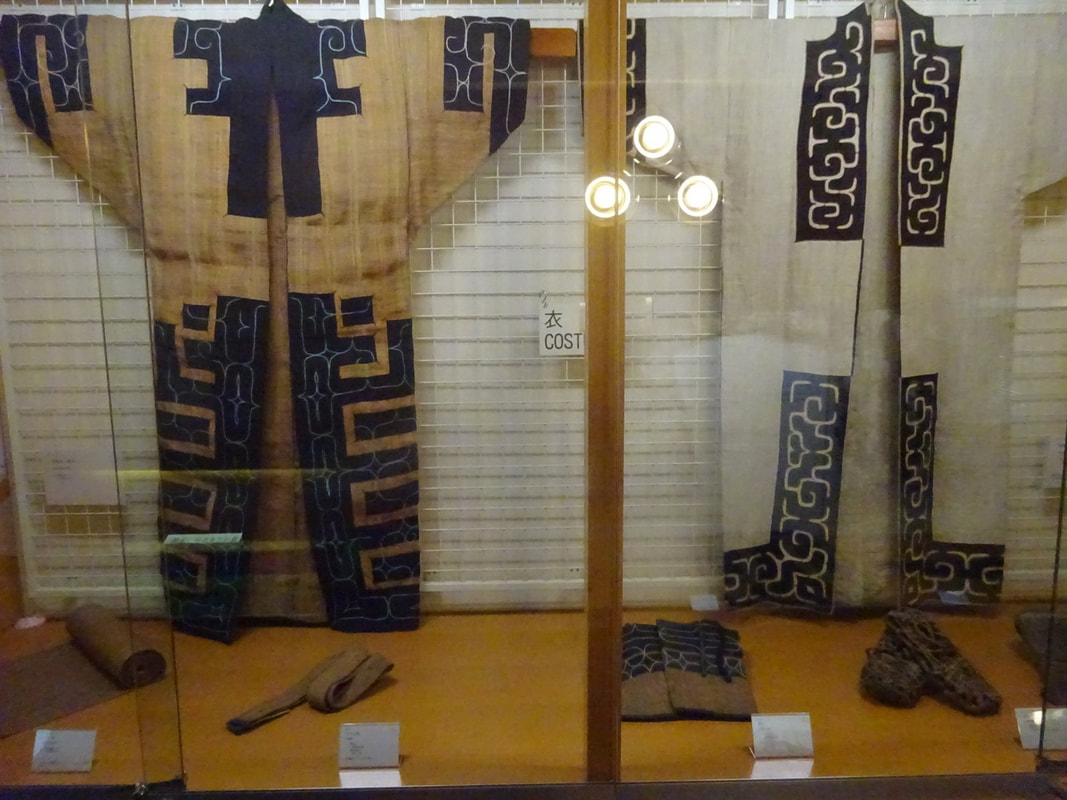
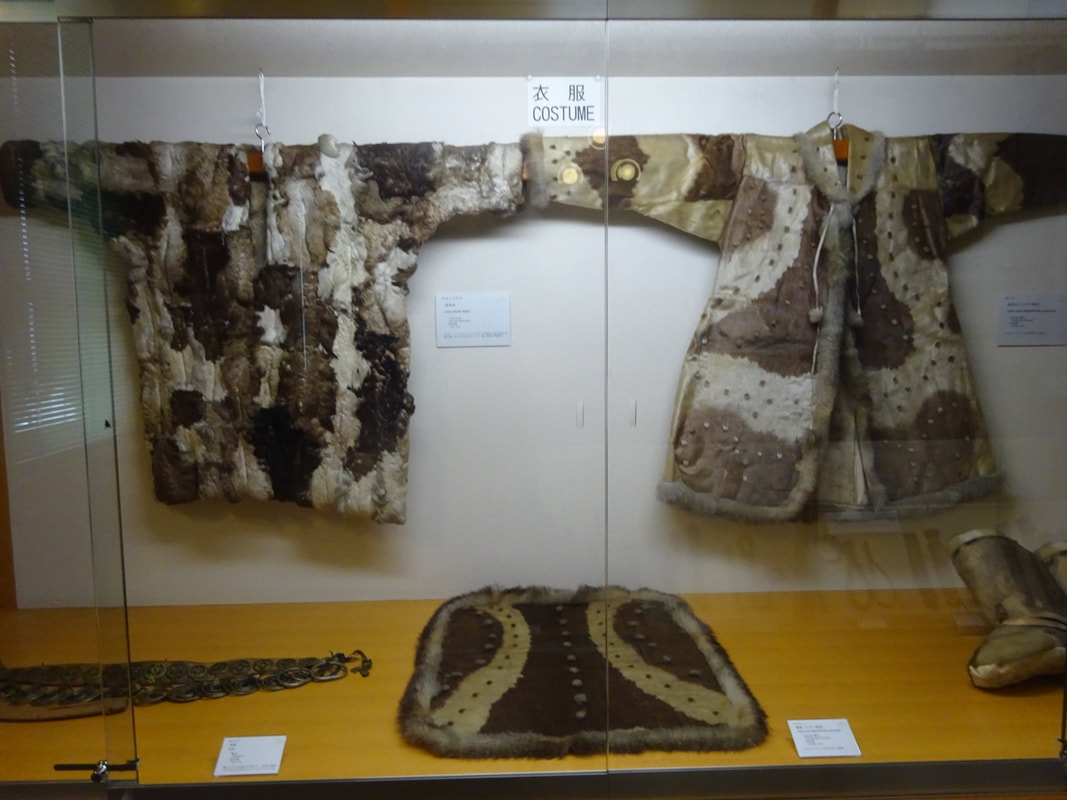
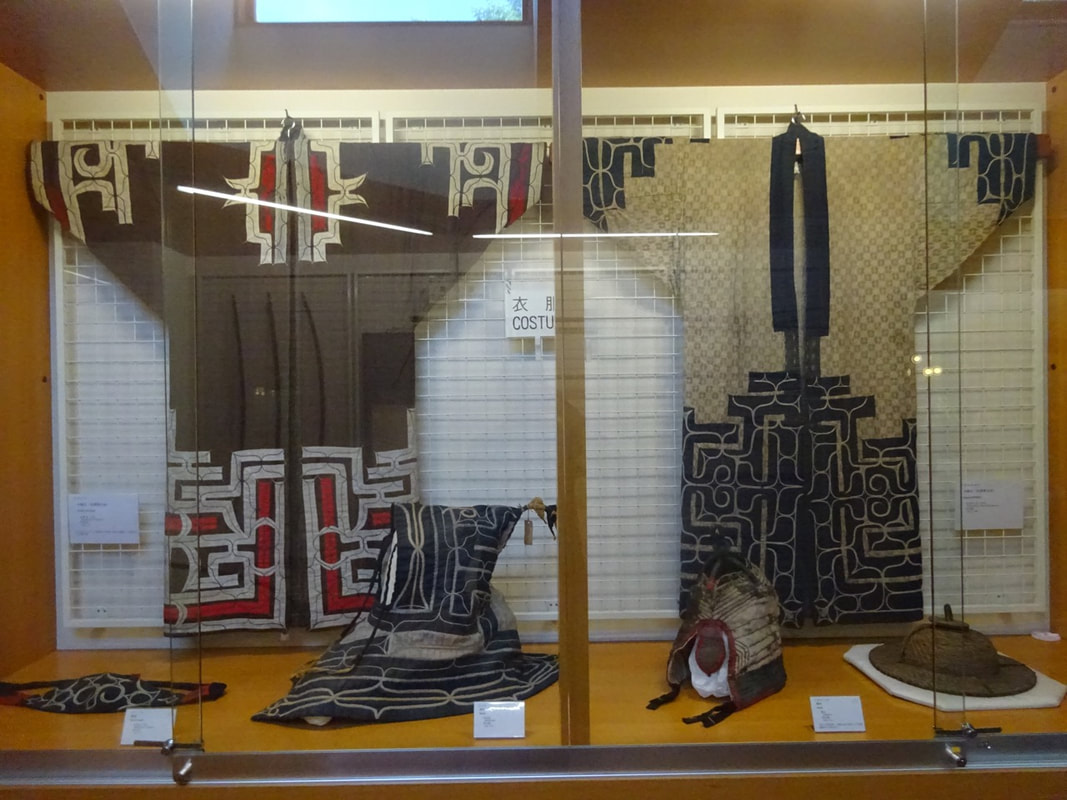



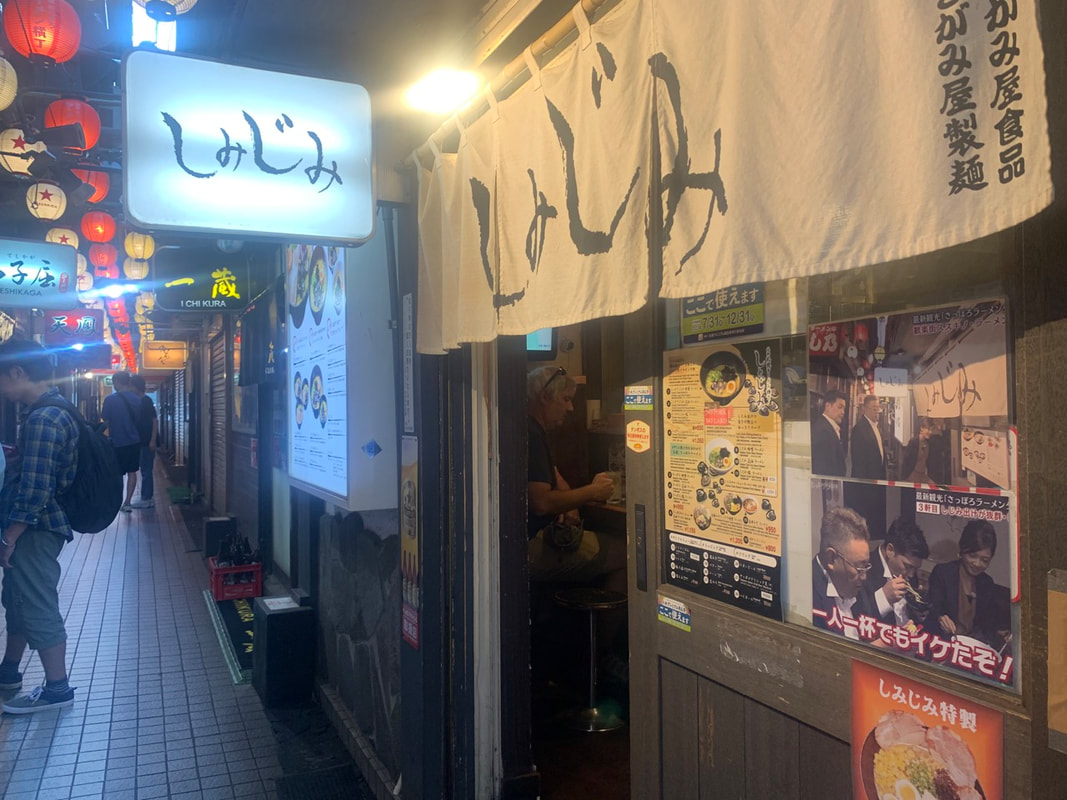
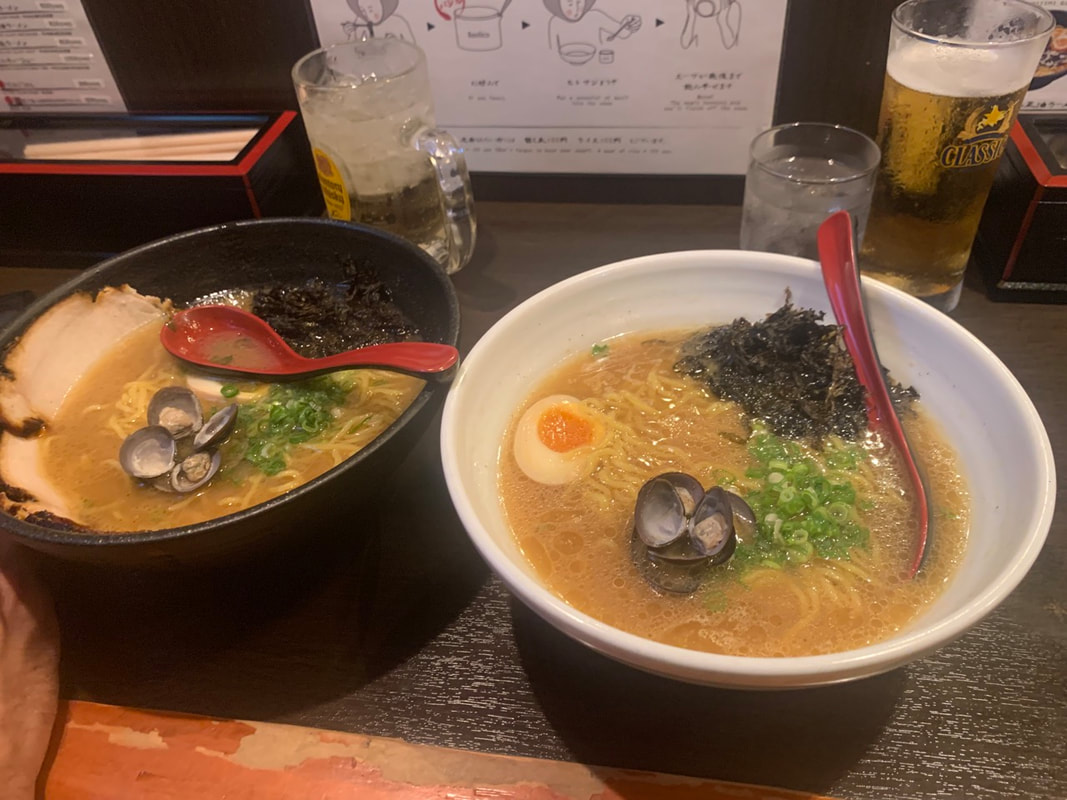
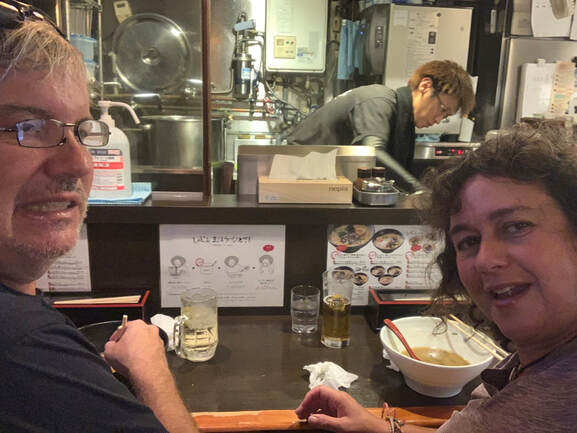
 RSS Feed
RSS Feed
